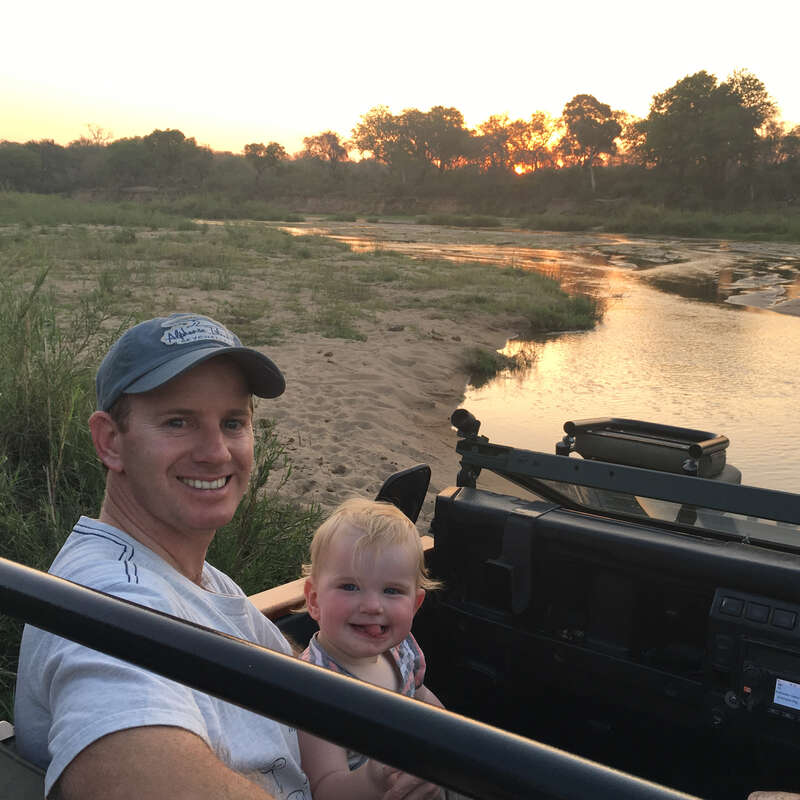About Elephant Pan
Elephant Pan is that rare find: a comfortable yet authentic safari camp that – by Botswana's standards – remains relatively affordable.
Key to the camp’s main attractions is is a perennial waterhole that is a year-round magnet for animals wildlifelarge and small. Not far from camp is an eye-level hide that brings you up close to a steady stream of animals. Then there's the bonus of being tucked away in a private reserve, yet with the prime game-viewing areas on the Khwai River barely an hour away by 4x4.
Despite the comparative simplicity, it's an impressive camp. The en-suite tents – all overlooking the pan from their individual verandas – are attractive without being fancy. FA writing table, with funky lights and colourful cushions that elevate the rustic furnishings above the norm, while a writing table adds a practical touch..
In keeping with the natural feel, sandy paths meander through the trees to the hub of the camp, where the open-sided structures reveal more superb views. Here, in the lounges, dining room and log-hewn bar, an eclectic mix of furniture and artefacts blend together to lend a homely, unpretentious feel.
With sun loungers around a blissfully cool pool, wholesome excellent meals, a firepit to watch the flickering flames of an evening, and exceptionally welcoming staff, Elephant Pan adds up to an old-style camp with just a hint of contemporary fun.
Our view
The name may have changed, but our impression of Elephant Pan remains very positive. The star of the show is undoubtably the perennial waterhole in front of camp, which serves as a magnet to wildlife, and makes for a great first night on safari. The staff are welcoming, the food exceptional and the whole camp feels comfortable and relaxed. That said, while the sunken hide is a real draw, we were disappointed by the limited wildlife on game drives in the immediate vicinity of the camp, and we would be cautious of recommending it in the green season if the focus is on wildlife quantity.
Accommodation
8 tents
Children
Best for aged 12+
Open
All year
Activities

4WD Safari

Birdwatching

Guided walking safari

Helicopter

Night drive

Private activities
Traveller reviews of Elephant Pan
7 real, un-edited reviews from Expert Africa's travellers.
Arrived 17 Oct 2022, 2 nights
"Hyena Pan review"
Overall rating: Excellent
Arrived 28 Sep 2022, 3 nights
"Hyena Pan review"
Overall rating: Excellent
Arrived 29 Apr 2019, 2 nights
"Lovely holiday mixed with poor food"
Overall rating: Average
Arrived 13 Nov 2018, 2 nights
"Botswana was in the middle of a heatwave"
Overall rating: Excellent
Arrived 4 Oct 2018, 3 nights
"Many Elephants at Hyena Pan"
Overall rating: Good
Arrived 2 Aug 2018, 2 nights
"A relaxing camp - Hyena Pan"
Overall rating: Excellent
Arrived 2 Aug 2018, 2 nights
"Great wildlife camp in Okavango"
Overall rating: Excellent
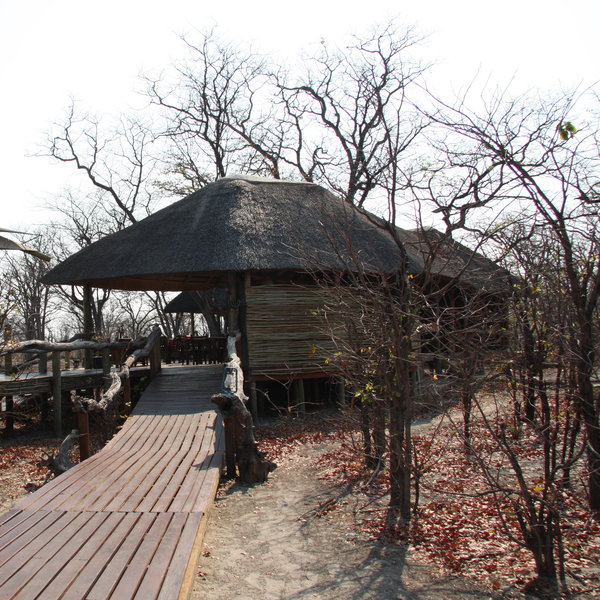
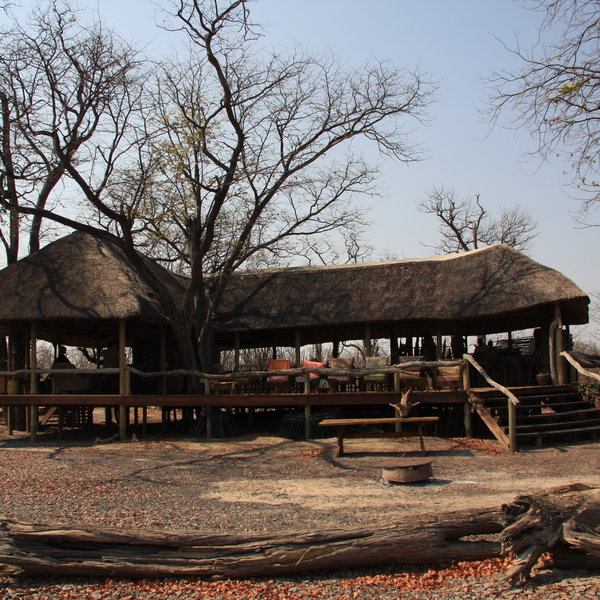
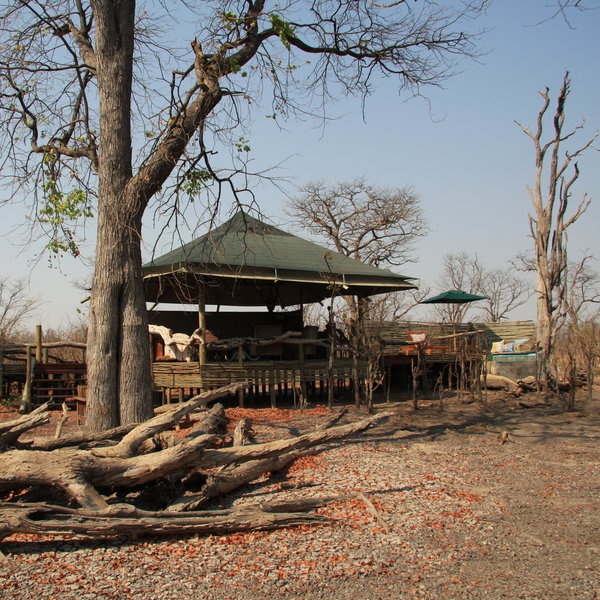
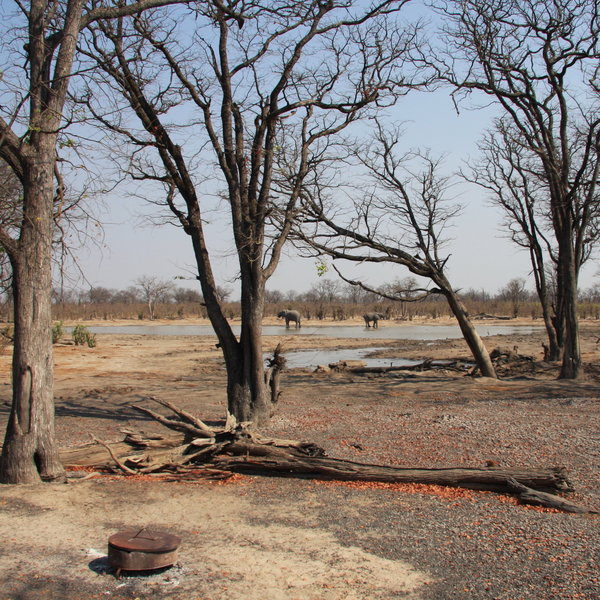
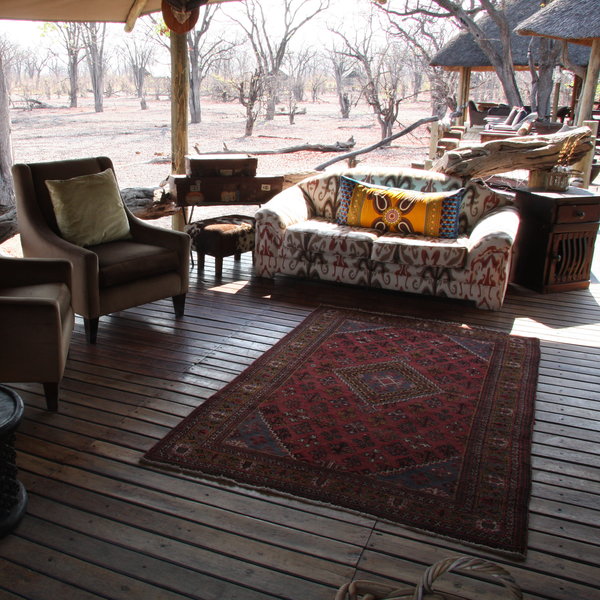
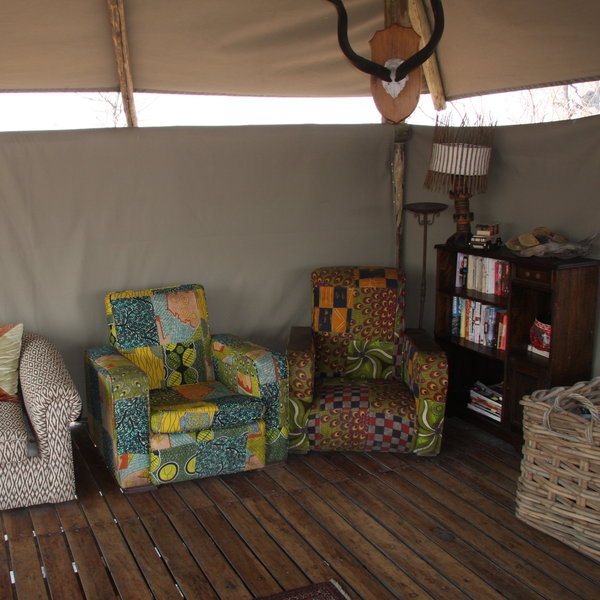
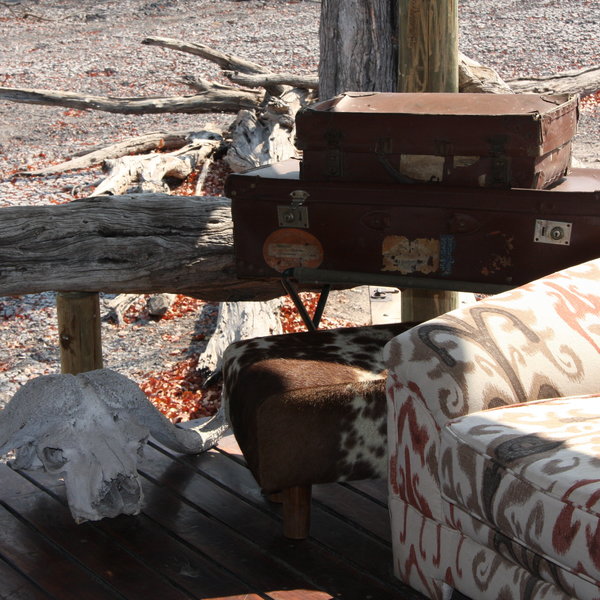
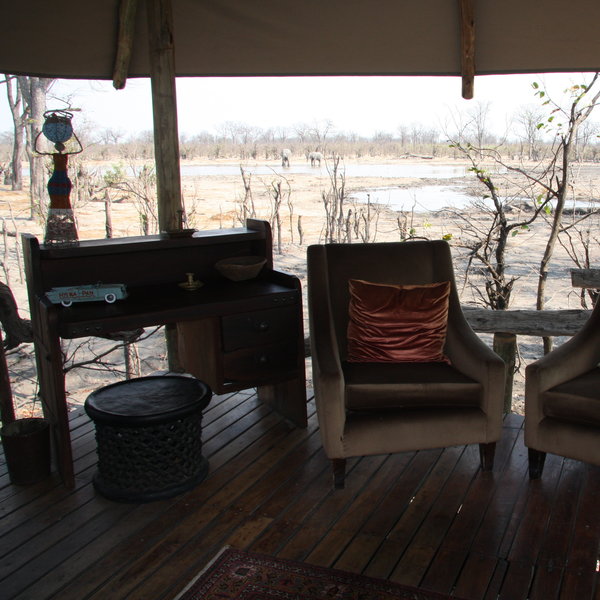
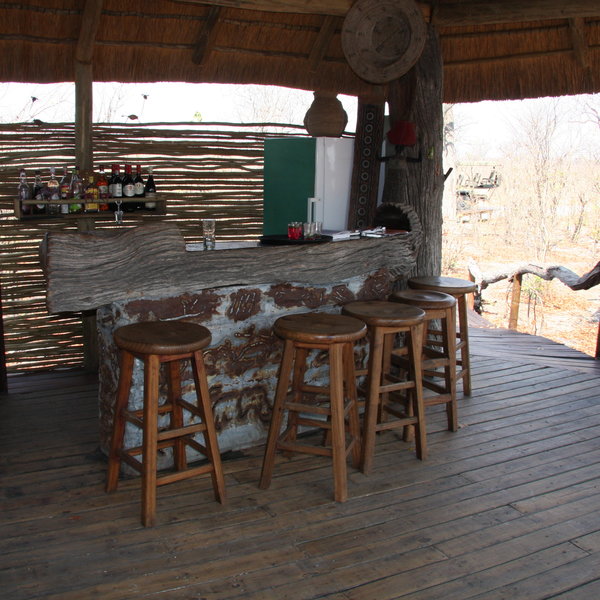
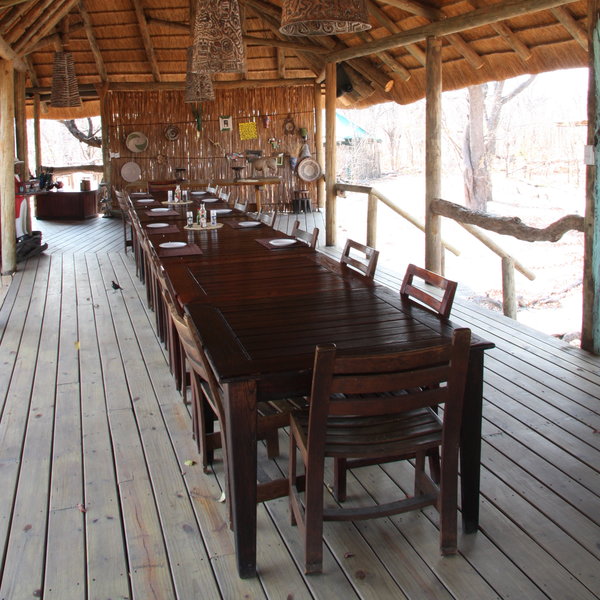
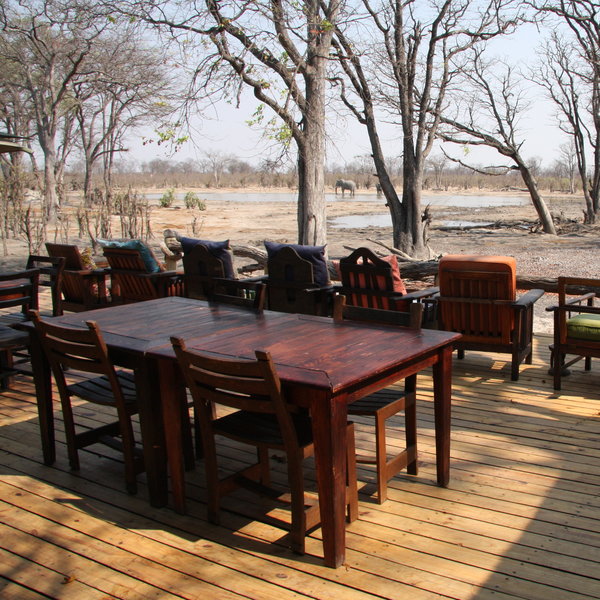
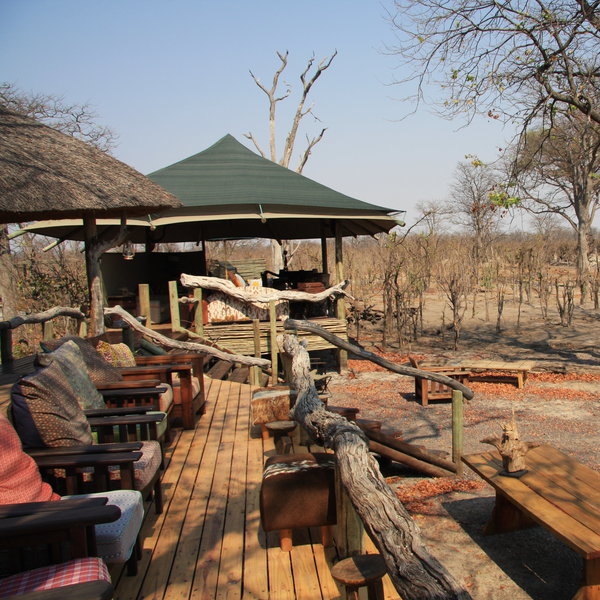
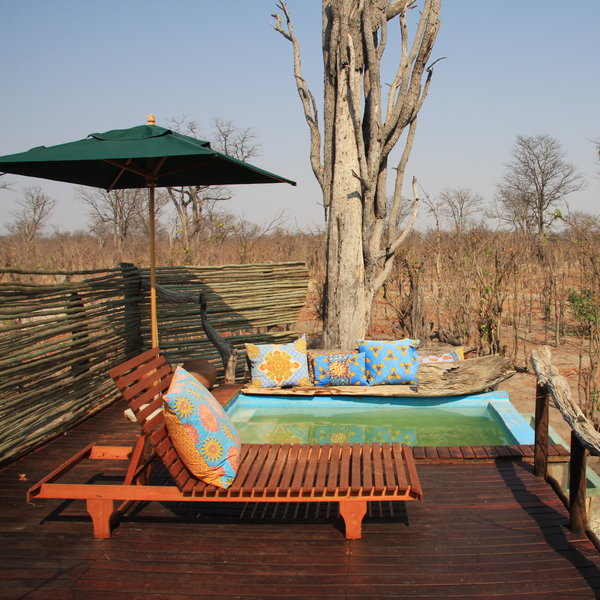
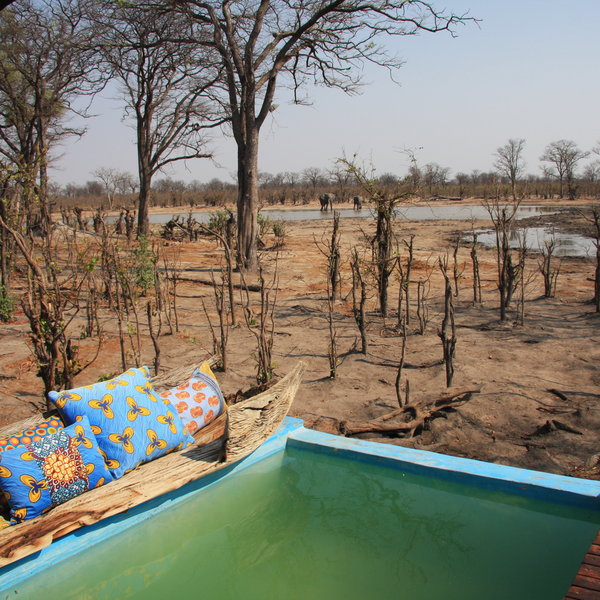
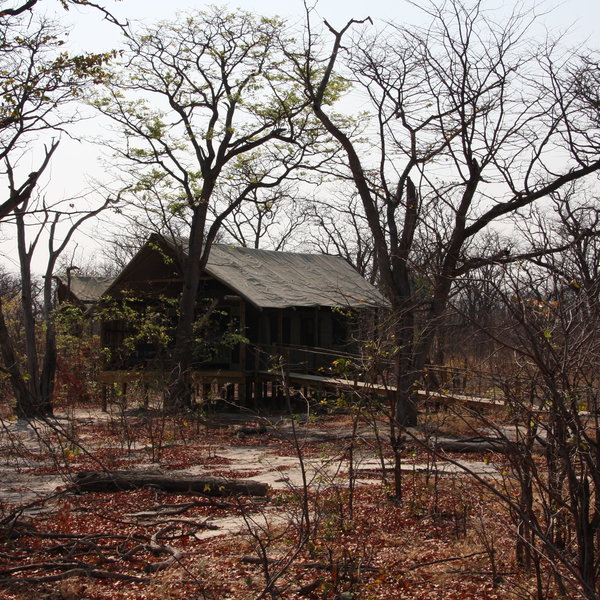
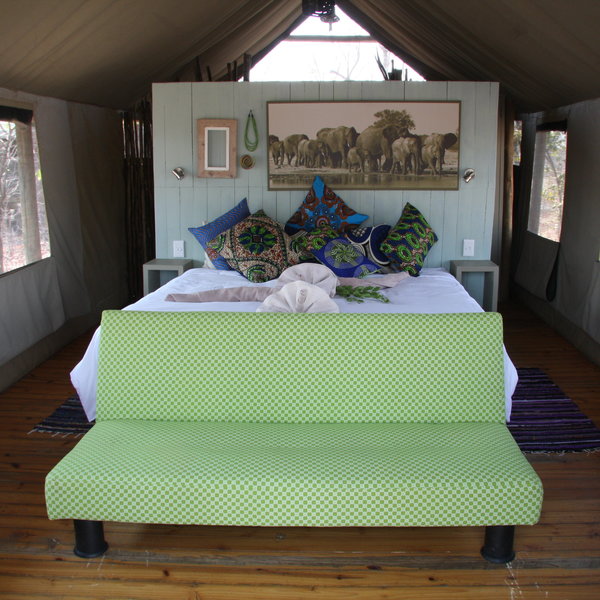
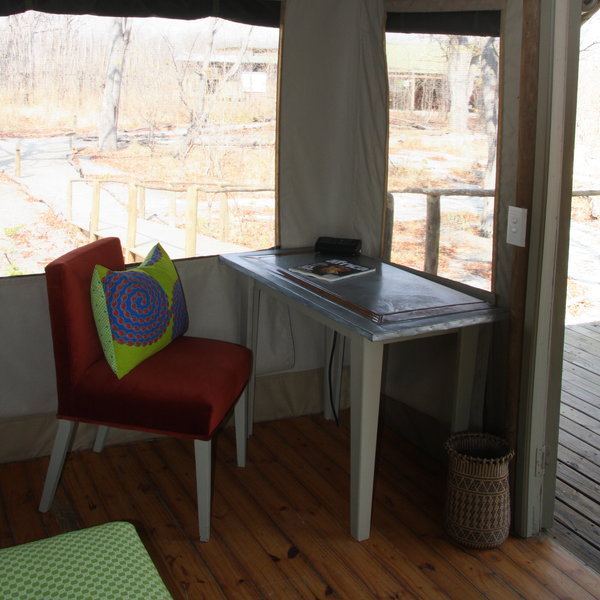
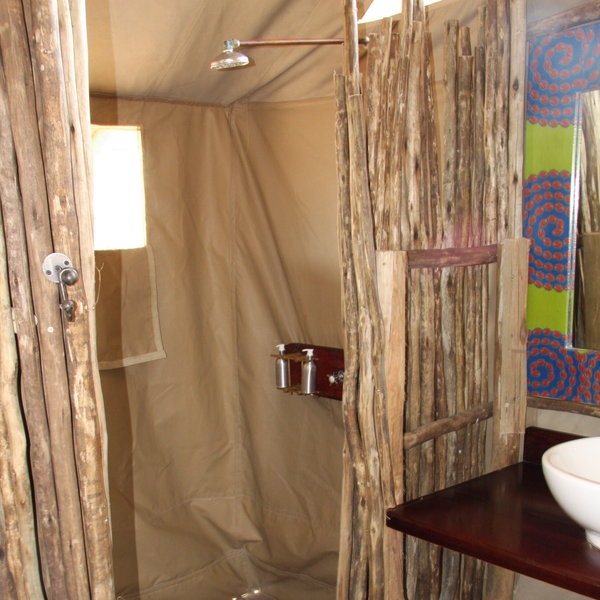
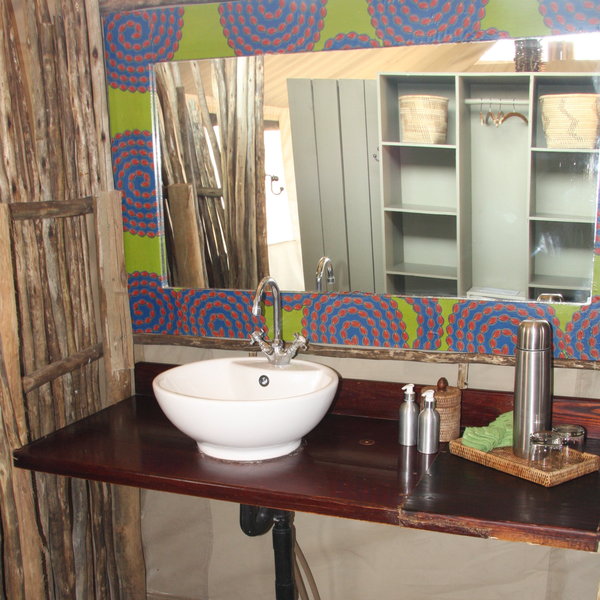
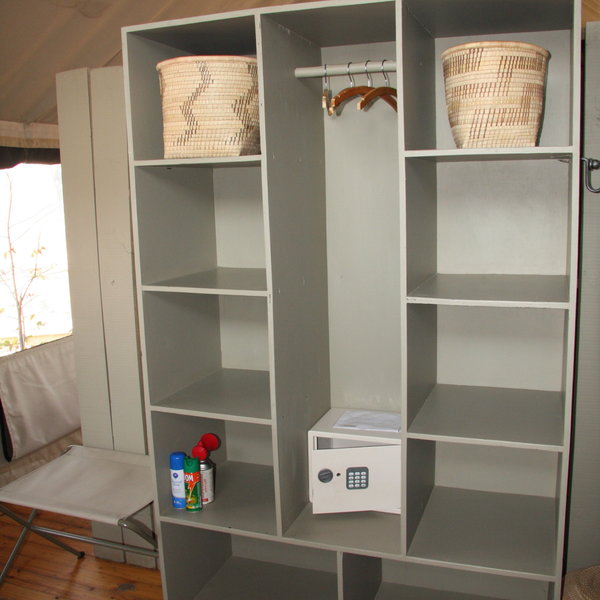

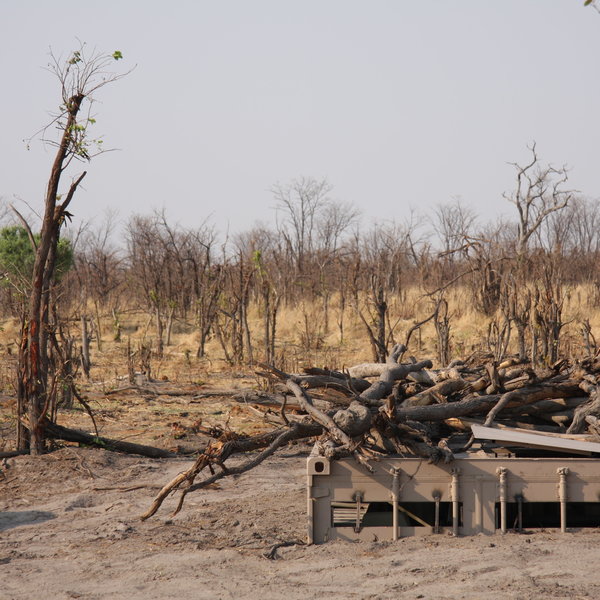
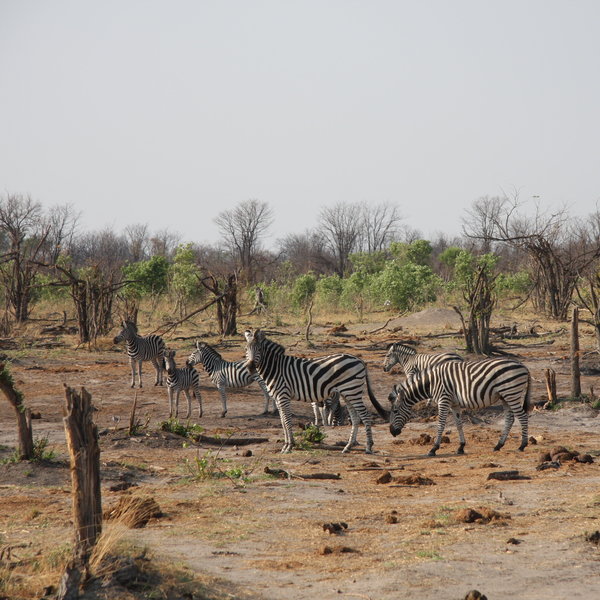
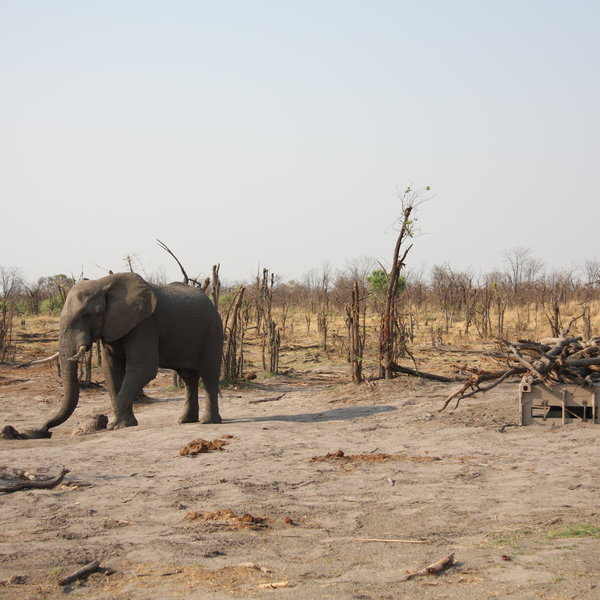
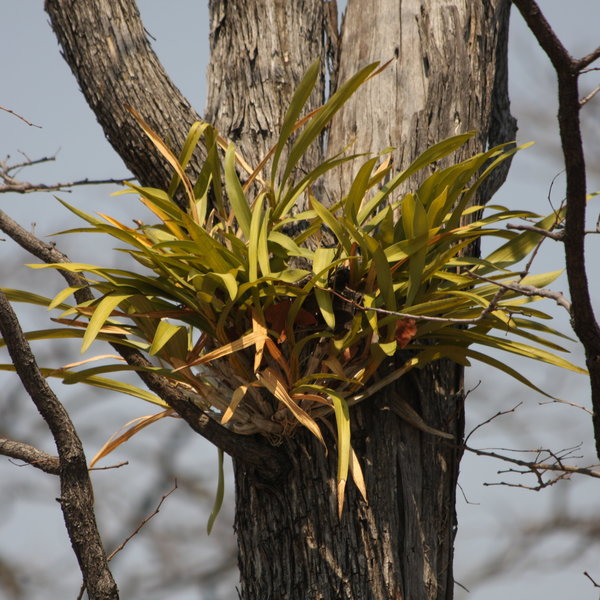
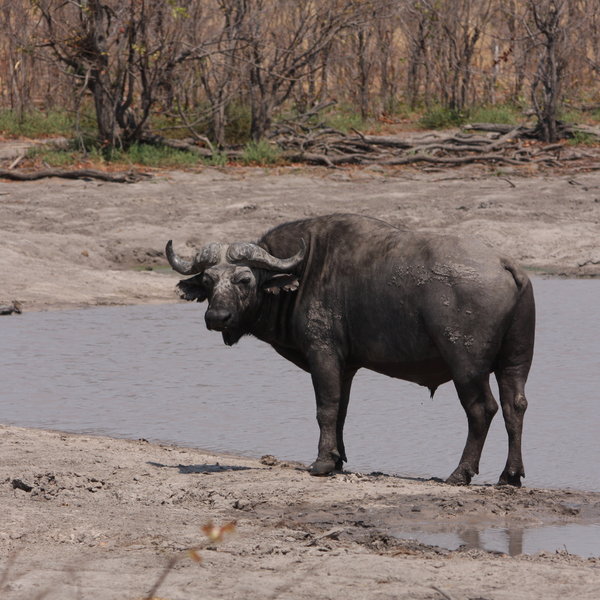
Expert Africa's gallery
When we travel we take lots of photos ourselves to give you a real and un-edited view of the safaris. See our 26 pictures and 1 videos of Elephant Pan to get the candid view.
View galleryElephant Pan: Our full report
Nestled amongst “cathedral” mopane trees overlooking an active waterhole, Elephant Pan was formerly known ...
... as "Hyena Pan". It’s a classic safari camp that feels relatively simple by comparison with Botswana's current standards. It lies on the east of the 2,000km² Khwai Private Reserve, which borders Botswana's Moremi Game Reserve and Khwai River/Khwai Community Reserve to the south, and Chobe National Park to the east.
Elephant Pan is independently owned, but since 2016 it has been managed by a marketing company that has raised the standards to be more in line with its sister camps in the same extensive concession, Sable Alley, Tuludi and Little Sable.
The camp overlooks a waterhole that attracts wildlife year round. During the summer rainy season (December to March) the pan floods, creating an enormous water feature. From April to November, as the pan naturally dries out and shrinks, water is pumped into it from a nearby borehole whose slightly salty water with a high mineral content proves an ongoing attraction for resident elephants. Other regular visitors to the pan include giraffe, zebra, a variety of antelope including kudu, sable, impala and roan, plus hippo, and sometimes wild dog and buffalo.
For guests at the camp, the pan is especially rewarding during the May–October dry season when there is limited water around, so just spending time around the waterhole is a very relaxed way to do some game viewing. Base yourself in the main area of Elephant Pan, where two thatched, open-sided structures sit on a raised wooden platform, with beautiful views over the pan. The feel here is homely, unpretentious and relaxed, with an eclectic mix of rustic furniture enlivened by splashes of vibrant colour from scatter cushions and individual chairs, and enhanced by local artefacts, old suitcases and fun ornaments.
On one side you'll find the bar, hewn from an old log, along with the dining room, lounge and a large deck with more seating areas. To the other is a second comfortable lounge with a small selection of interesting books. This in turn leads outside to a plunge pool with a couple of sunloungers and a couch, while a sandy firepit area at ground level is a great spot to watch wildlife at the waterhole while you enjoy a pre-dinner drink.
Elephant Pan's eight tents, including a family unit, are linked to the main area by a sandy path that meanders through the mopane tees. The path is lit at night, though we were not fans of waking to see the lights rather than the sunrise.
Built on wooden platforms in a semicircle facing the waterhole (with the best view from room 1), the tents are not über-luxurious but they are comfortable and attractively furnished. On the downside, they are fairly close together, so you can hear your neighbours' conversation if they're talking loudly, and the outside veranda isn't entirely private – although wooden screens have been erected to afford more privacy.
A screened door opens into the bedroom, where vivid, ethnic-print cushions are scattered on the bed beneath a great set of funky lights. There's a writing table and chair, and a pedestal fan to keep you cool on hotter days. Sadly, since a recent refurbishment, the beds no longer face the views.
At the back of each tent, there's plenty of storage space in the dressing area, and an en-suite bathroom where a large mirror set into a colourful panel hangs above the handbasin. Flanking this are cubicles for the shower and toilet, separated by natural stick walls.
Activities at Elephant Pan are flexible; your schedule can be planned with your guide according to your interests, though please note that water activities are not available here.
Top of the list for many is the camp's camouflaged eye-level hide: a former ship's container half buried about 20 minutes’ drive from camp and perfectly adapted with windows and chairs for hidden game viewing. It faces a small pumped waterhole that attracts a steady stream of wildlife, thus affording great photographic opportunities. On our most recent visit, in September 2024, we enjoyed seeing numerous herds of elephants and a pride of seven lions near this hide. Yet it was the close encounters with the elephants by the plunge pool in camp that really stole the show and gave a great reason to stay in camp for those wanting a slower-paced safari, ideal for recovering from the long haul flights.
Morning and afternoon 4WD game drives offer a chance to explore within the private concession. Although the thick mopane forests close to camp limit game viewing, our guide was very knowledgeable and enthusiastic. There are plans to put in additional tracks through the dense trees to access natural waterholes, thus improving potential sightings. Night drives with a spotlight give the possibility of observing nocturnal wildlife. We were delighted to see a Selous mongoose, which neither our guide nor our team members had seen before.
Elephant Pan also offers walking with an armed guide, usually in a more open area, close to the hide. Ideally you should arrange this in advance, to make sure they have a qualified walking guide available.
Guests with a prior reservation (which is essential) can also combine a walk from the hide with an overnight stay in the Skybeds for a truly wonderful experience. Here, just three rustic, 5m-high elevated decks look down on a waterhole where you can watch wildlife come to drink from your bed. Whether you are walking here, or choose to combine it with a game drive, you will arrive in time for sundowners and then dinner. Sleep atop the platform under the stars, either totally open or with a mosquito net over your twin beds. Each platform has its own enclosed bathroom on a lower deck, with a shower and plumbed toilet. Do note that as there are only three Skybeds, which are shared with sister camp Sable Alley, this must be booked well in advance.
Geographics
- Location
- Moremi Game Reserve, Botswana
- Ideal length of stay
- We'd suggest a stay of one or two nights at Elephant Pan, perhaps including a night at Skybeds.
- Directions
- A 35-minute flight from Maun to Khwai Private airstrip is followed by a game drive of approximately an hour to camp.
- Accessible by
- Fly-and-Transfer
Food & drink
- Usual board basis
- Full Board & Activities
- Food quality
- When we last stayed at Elephant Pan, in September 2024, the standard of food was very good, with meals served with a mix of plated service and buffet-style, and tasty, wholesome, home-cooked meals rather than fine dining and haute cuisine.
Within enough notice most dietary requirements can be catered for.
Breakfast, served before our early-morning drive, consisted of a selection of cereals, freshly baked muffins and fruit. There was also a choice of eggs (fried, scrambled, poached or boiled), with bacon and sausages.
For lunch we were offered butternut salad, green salad and homemade pizza, followed by a very refreshing raspberry sorbet for dessert.
At dinner, our starter was carrot soup. From the main course choice of beef fillet or arancini, we opted for the fillet with an avocado base, caramelised onions and carrots. As the evening was very warm, we finished with a pear sorbet. - Dining style
- Mixture of group dining and individual tables
- Dining locations
- Indoor and Outdoor Dining
- Further dining info, including room service
- Private dining is available on request.
- Drinks included
- Soft drinks, local beers and spirits and a limited selection of (usually) South African red and white wines are included. Champagne and imported wines and spirits cost extra and may need to be requested in advance. Tea- and coffee-making facilities are available in the main area during the day.
Each guest is usually given a water bottle, which can be filled from the filtered supply in the camp's main area. Each tent has glasses with a flask of filtered drinking water, which is replenished daily. The tap water in the bathrooms is saline and not suitable for drinking.
Children
- Attitude towards children
- Children aged 8 years and older are welcome at Elephant Pan, but those under the age of 12 must share a tent with an adult or older sibling.
- Property’s age restrictions
- Private vehicles must be booked (at extra cost) by families with children between the ages of 8 and 12 years old.
- Special activities & services
- None
- Equipment
- Elephant Pan has a family room.
- Generally recommended for children
- With its informal atmosphere, we think this would be a good camp for older children.
- Notes
- The camp is unfenced and dangerous wildlife animals can wander through at any time. There is no fence around the pool. The tents and main buildings are all raised off the ground on decks, with open railings. Children need to be closely supervised by their a parents/guardians at all times.
Our travellers’ wildlife sightings from Elephant Pan
Since mid-2018, many of our travellers who stayed at Elephant Pan have kindly recorded their wildlife sightings and shared them with us. The results are below. Click an animal to see more, and here to see more on our methodology.

100% success

100% success

100% success

100% success

100% success

67% success

60% success

60% success

60% success

50% success

50% success

25% success

0% success

0% success

0% success
Communications
- Power supply notes
- The camp is mostly powered by solar energy backed up by a generator.
Each tent has an international charging station for camera batteries etc. - Communications
- There is no cellphone reception and no direct phone, but there is WiFi in a corner of the main area. Communication is maintained with the head office in Maun via radio.
- TV & radio
- None
- Water supply
- Borehole
- Water supply notes
- There is hot and cold running water in each bathroom as well as a flush toilet. The tap water is saline and heated by a gas geyser.
Health & safety
- Malarial protection recommended
- Yes
- Medical care
- The nearest doctor is in Maun. All management and guides are first-aid trained and medical evacuation is available in case of emergency. There is a nurse on call (via radio) 24 hours a day. Please note that it is only possible to fly out of camp during daylight hours as the bush airstrips do not have any lighting at night.
- Dangerous animals
- High Risk
- Security measures
- Guests are escorted to and from their tents after dark as dangerous wildlife is known to wander through the camp. A safety briefing is given on arrival. “Fog horns” are provided in the tents to attract attention in case of emergency.
- Fire safety
- There is a fire extinguisher outside each tent.
Activities
4WD Safari
Birdwatching
Guided walking safari
Helicopter
Night drive
Private activities
Extras
- Disabled access
- In Place
- Laundry facilities
- A laundry service is included at Elephant Pan. Laundry is collected in the morning and usually returned the same day, weather permitting. Washing powder is provided in the room for guests to wash their smalls, which will not be handled by the staff.
- Money
- There is a digital safe in each tent. No exchange facilities are offered.
- Accepted payment on location
- Visa and Mastercard are accepted, as are cash payments in US dollars, euros, GB sterling, South African rand and Botswana pula.
Plan and book your trip with Expert Africa
All of our trips are tailor-made, so we'll always adapt them to suit you. Talk to an Expert and let us plan and arrange your perfect trip.

Talk to an Expert
Call or email us now! We’ll match you with the Specialist in our team who is best suited to help you. Then together we can start planning your trip.

Set up your itinerary
Based on our experience and your ideas, your specialist will create a detailed, costed itinerary. We’ll refine it together, until we have a trip that you’re perfectly happy with.

Prepare for your trip
The same Specialist will make the seamless arrangements for your trip, send you detailed travel documents, and be available to answer any questions before you depart.

Travel with peace of mind
After you set off, you’ll be cared for by our partners in Africa, most of whom have worked with Expert Africa for decades. And if you ever need us urgently, we’re available 24/7.

When you return
We love to learn about your trip, and so will always be grateful if you’ve the time to give feedback to your Specialist when you return.
Elephant Pan's location
Look closer at the environment and surroundings of Elephant Pan.
Excursions from Elephant Pan
Optional extra day-trips and excursions possible whilst you're staying at Elephant Pan. Talk to us: these are usually best arranged before you go.
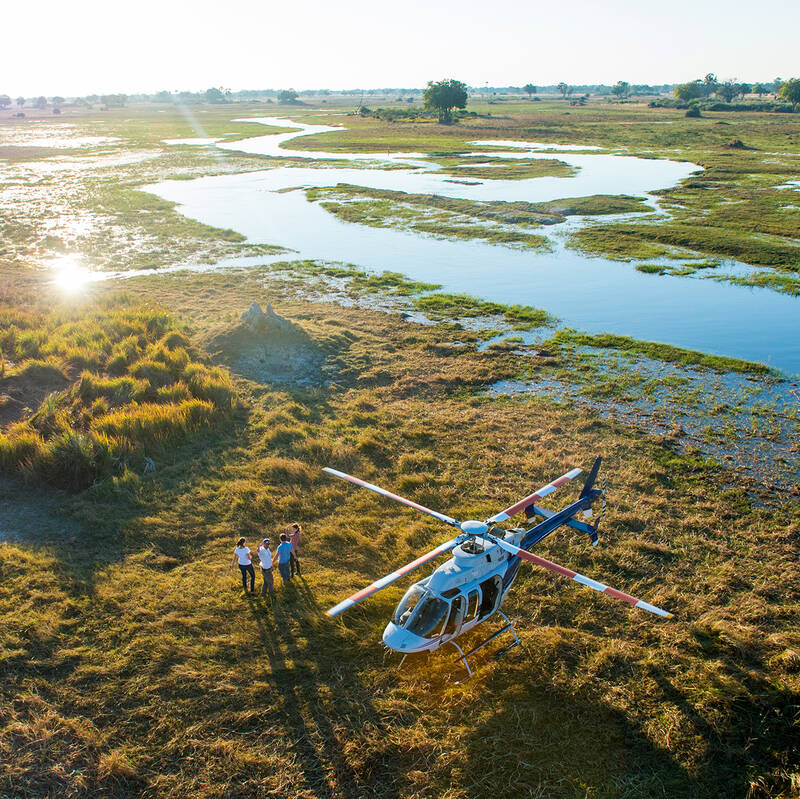
Helicopter Flight - Botswana
Various: from 30 minutes to half a day.
Low-flying, agile and offering superb views, helicopters are an ideal way to move around the Okavango Delta.You can use them instead of fixed-wing inter-lodge transfers or as an addition to other wildlife watching activities, and of course, helicopters can hover to allow that perfect pic, whereas fixed-wings can’t.
More about Helicopter FlightOther lodges in Moremi Game Reserve
Alternative places to stay in this same area.
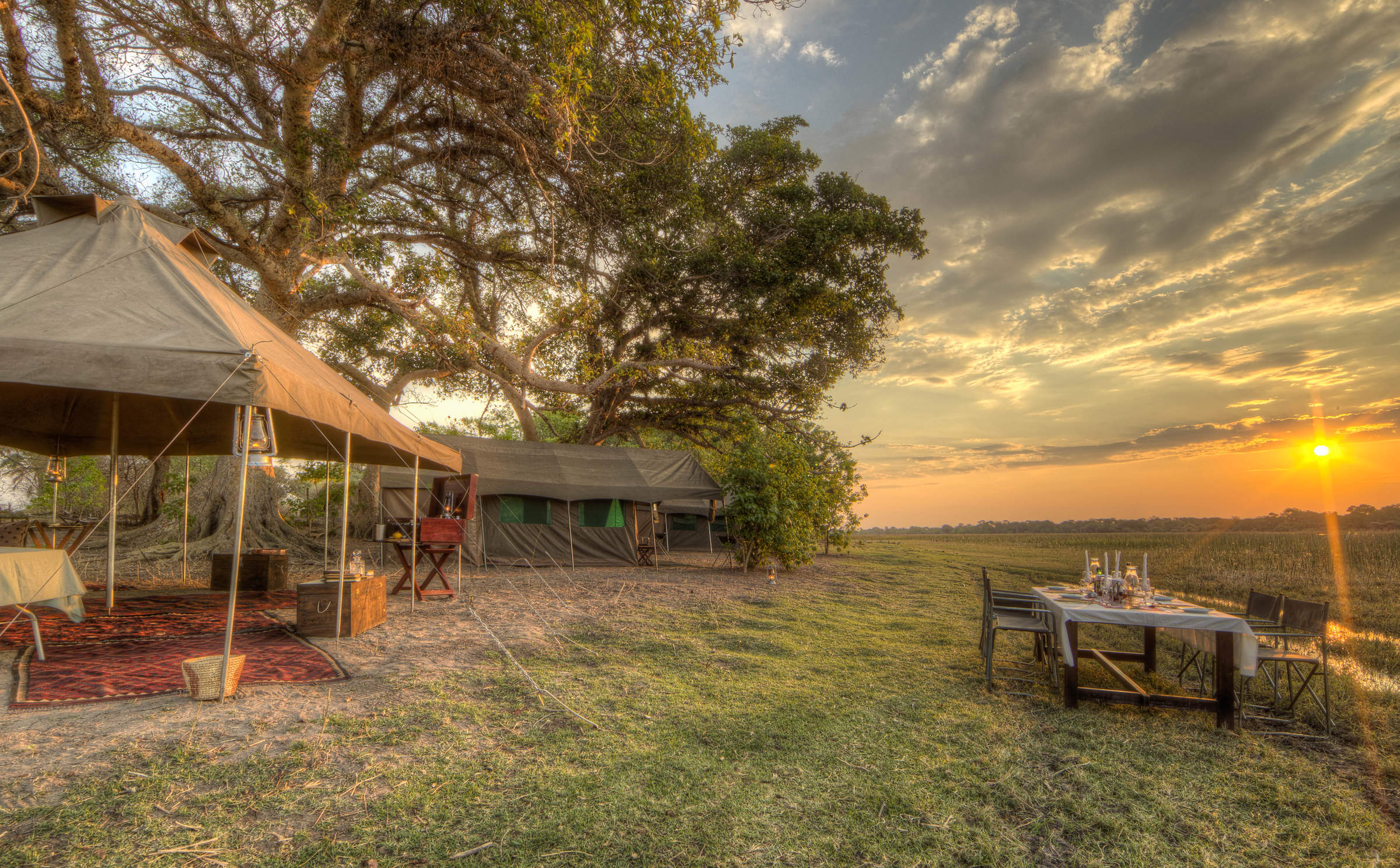
Private Mobile
The Botswana Private Mobile Safari has no fixed location; it's exclusive to your group and comes with a top professional guide. Expect comfortable camping, great food, and a superb wildlife experience wherever you decide to go.
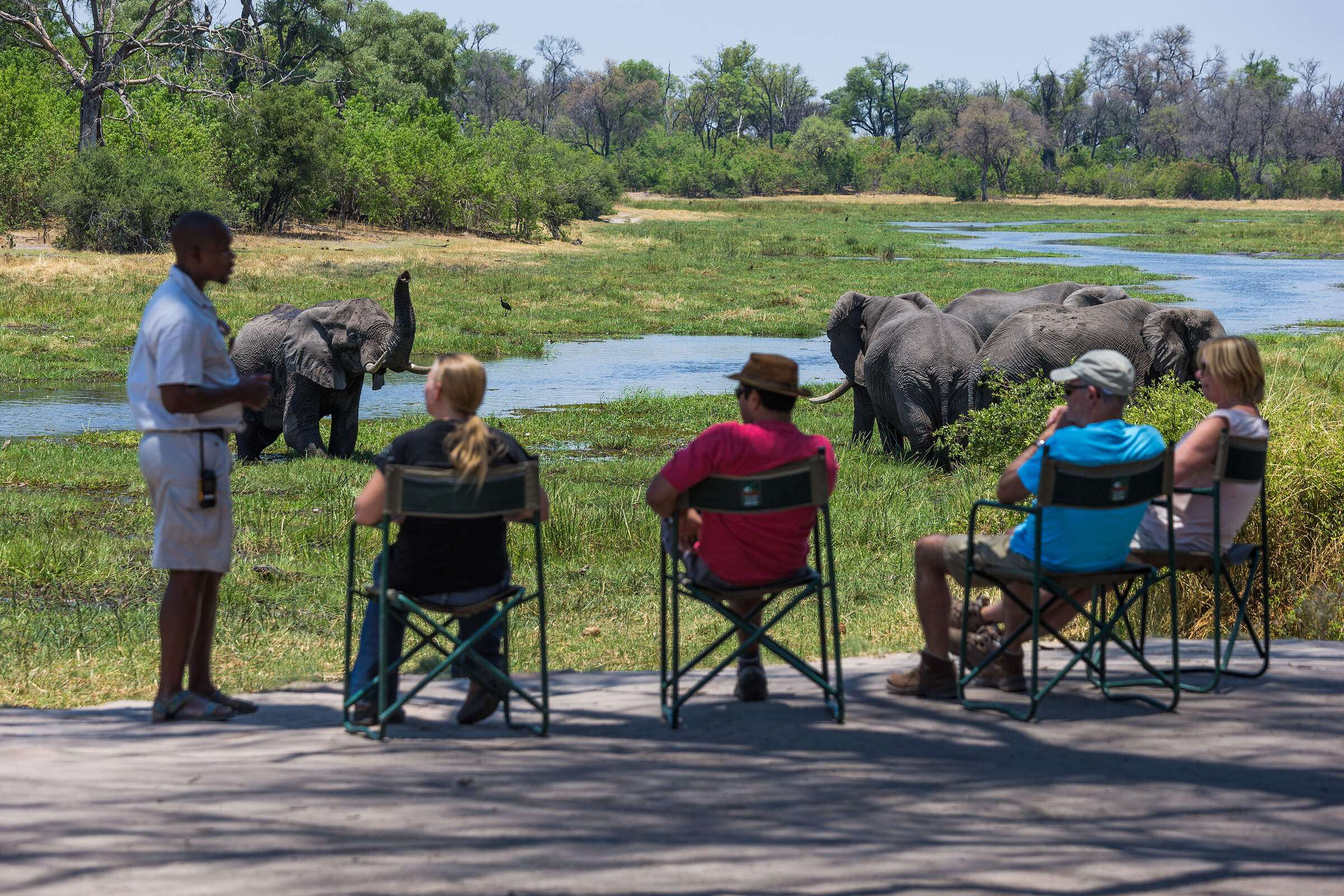
Machaba Camp
Overlooking the Khwai River to Moremi Game Reserve beyond, the classic Machaba Camp combines comfort with excellent game viewing.
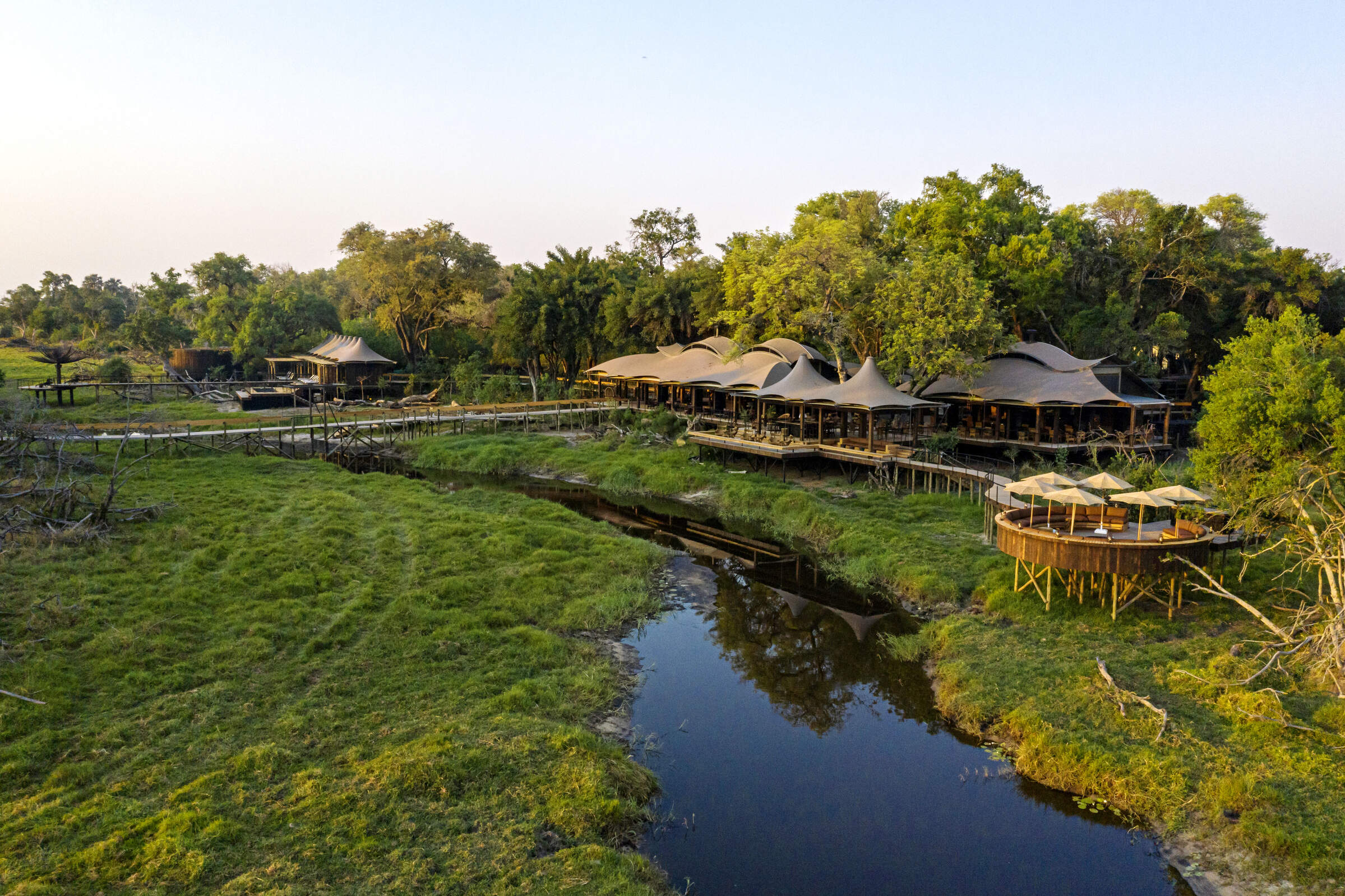
Xigera Safari Lodge
Located deep in Botswana's Okavango Delta, Xigera Camp normally focuses on mokoro excursions and motorboat trips, with 4WD game drives when water levels permit.
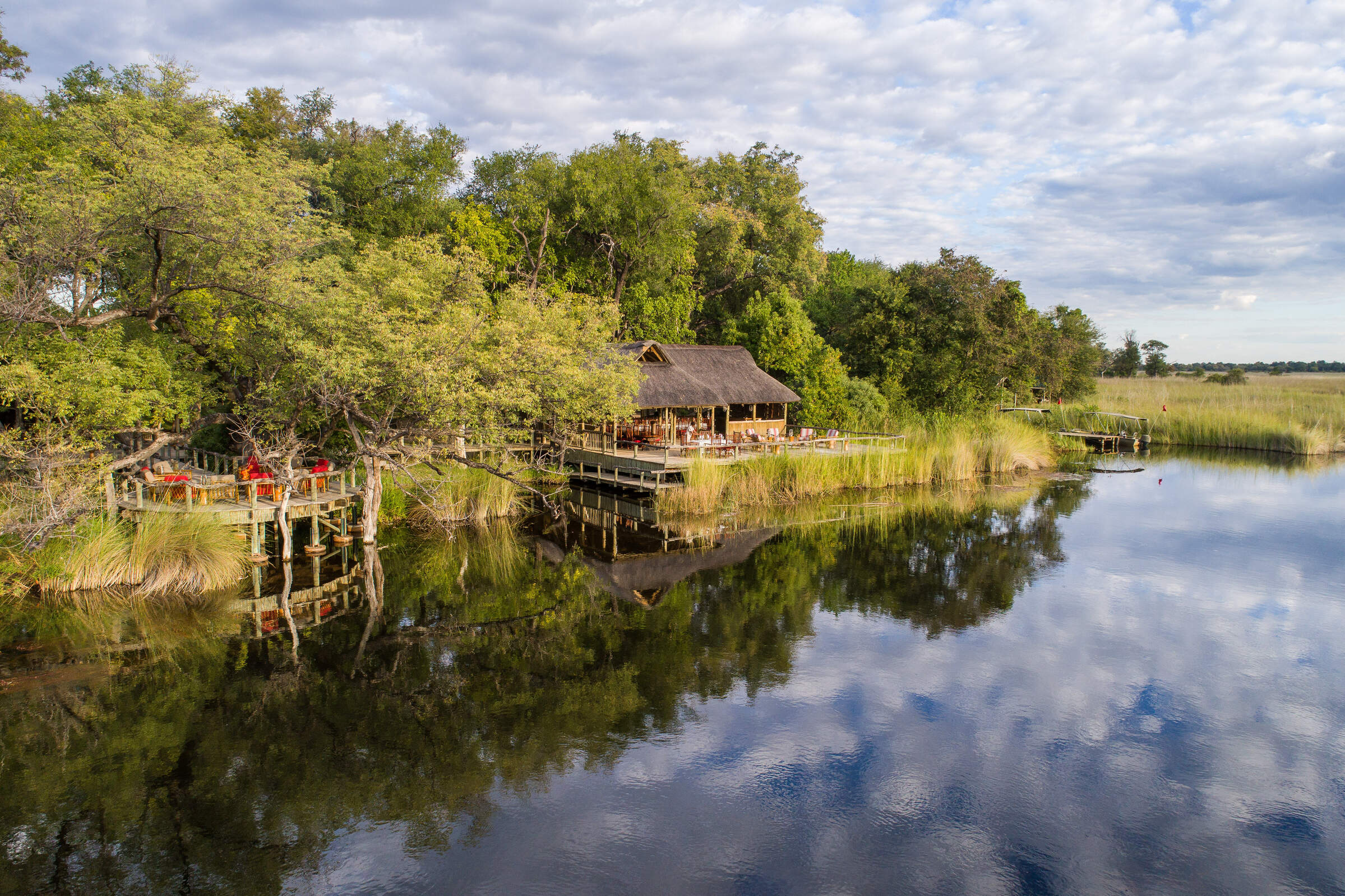
Xakanaxa
Camp Xakanaxa is a well-established traditional camp beside a huge lagoon within the Moremi Game Reserve, with access to some superb wildlife viewing.
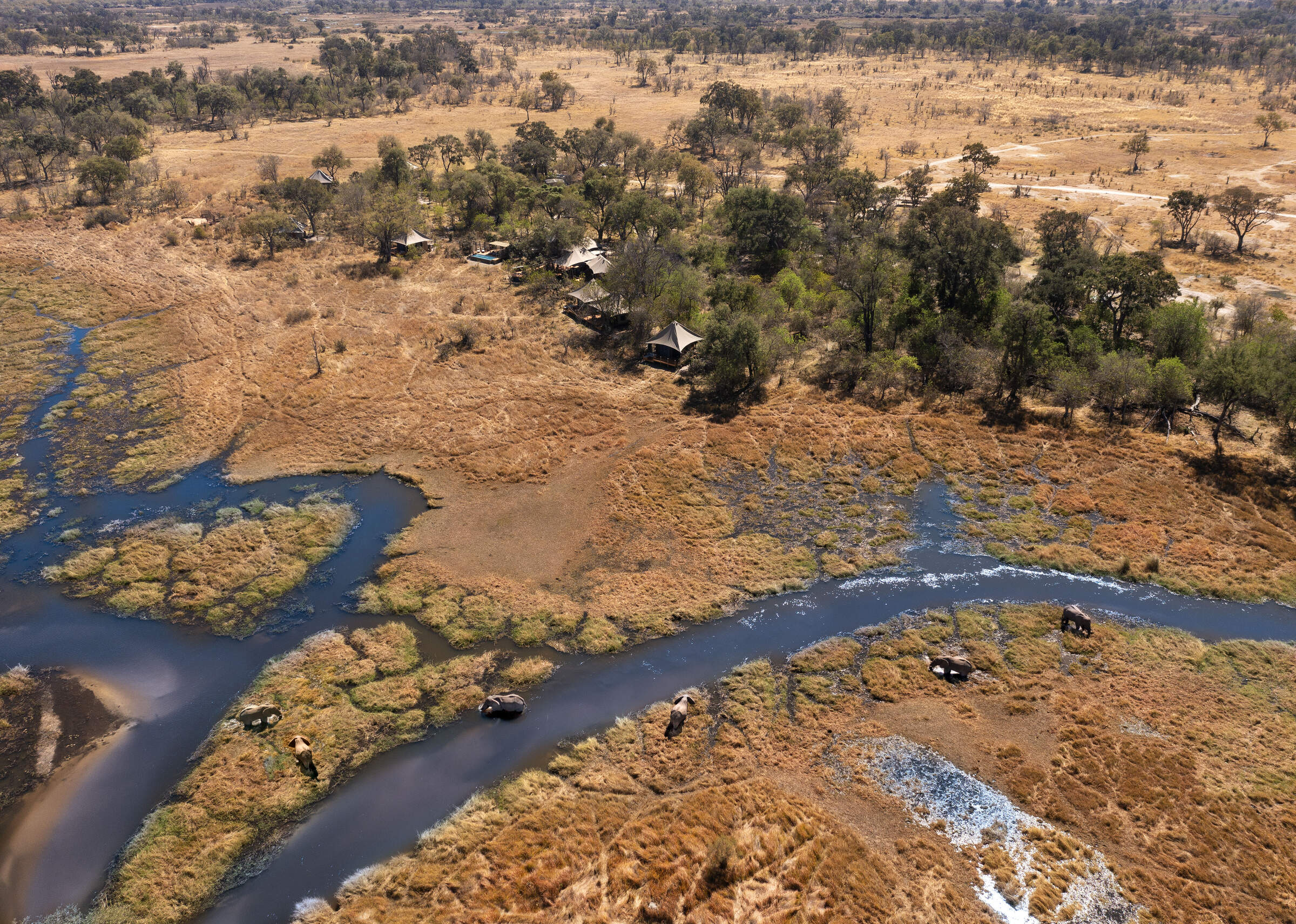
Khwai Lediba
Khwai Lediba offers a traditional African safari experience, with very comfortable tented accommodation, in a fantastic game area north of the Moremi Game Reserve.
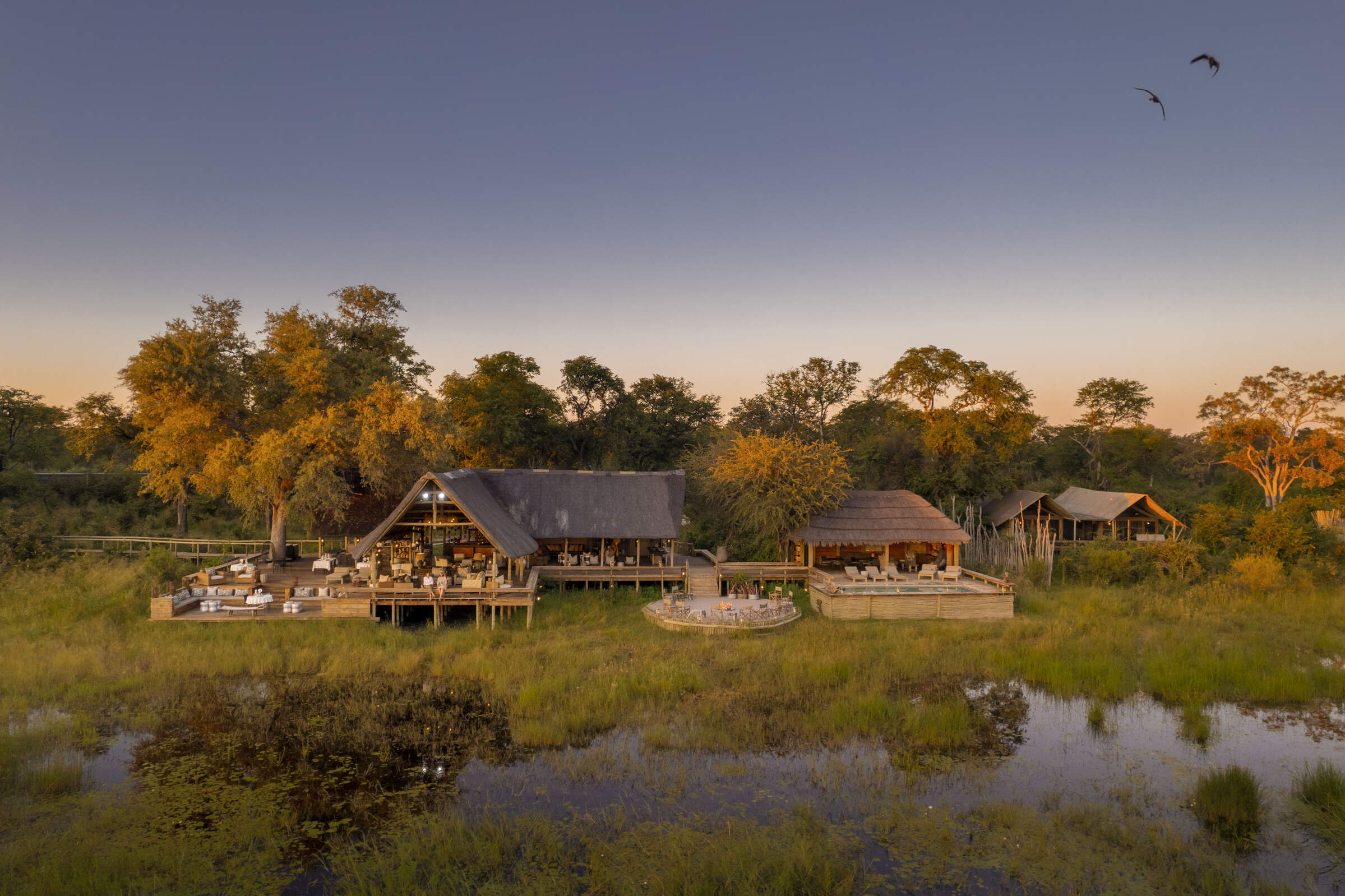
Sable Alley
Smart, independent and well-run, Sable Alley overlooks a beautiful, hippo-filled lagoon within the diverse Khwai Private Reserve.
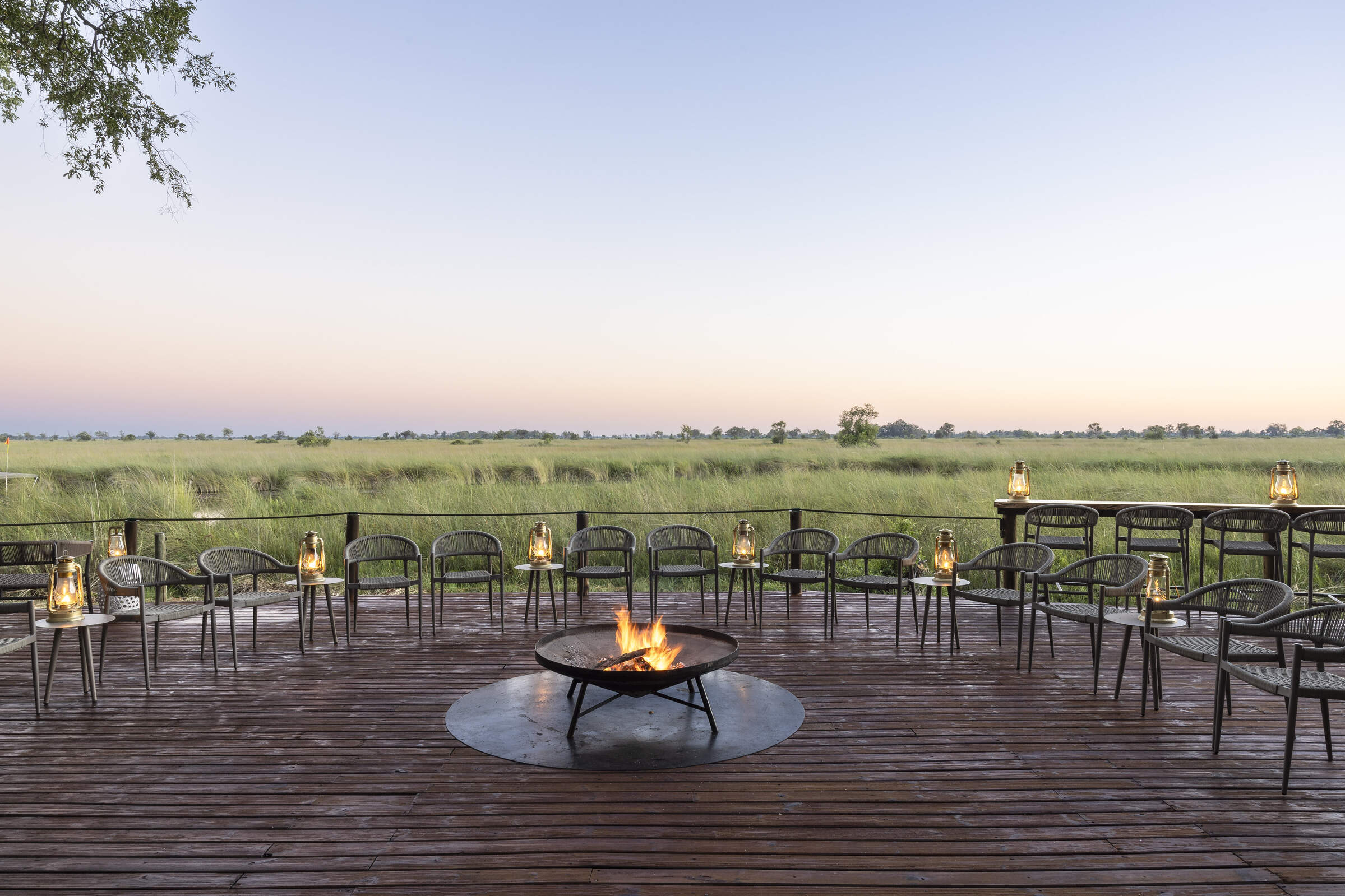
Okuti
With an innovative design and good service, Okuti Camp offers game drives and boat trips in a beautiful, game-rich part of Moremi Game Reserve.
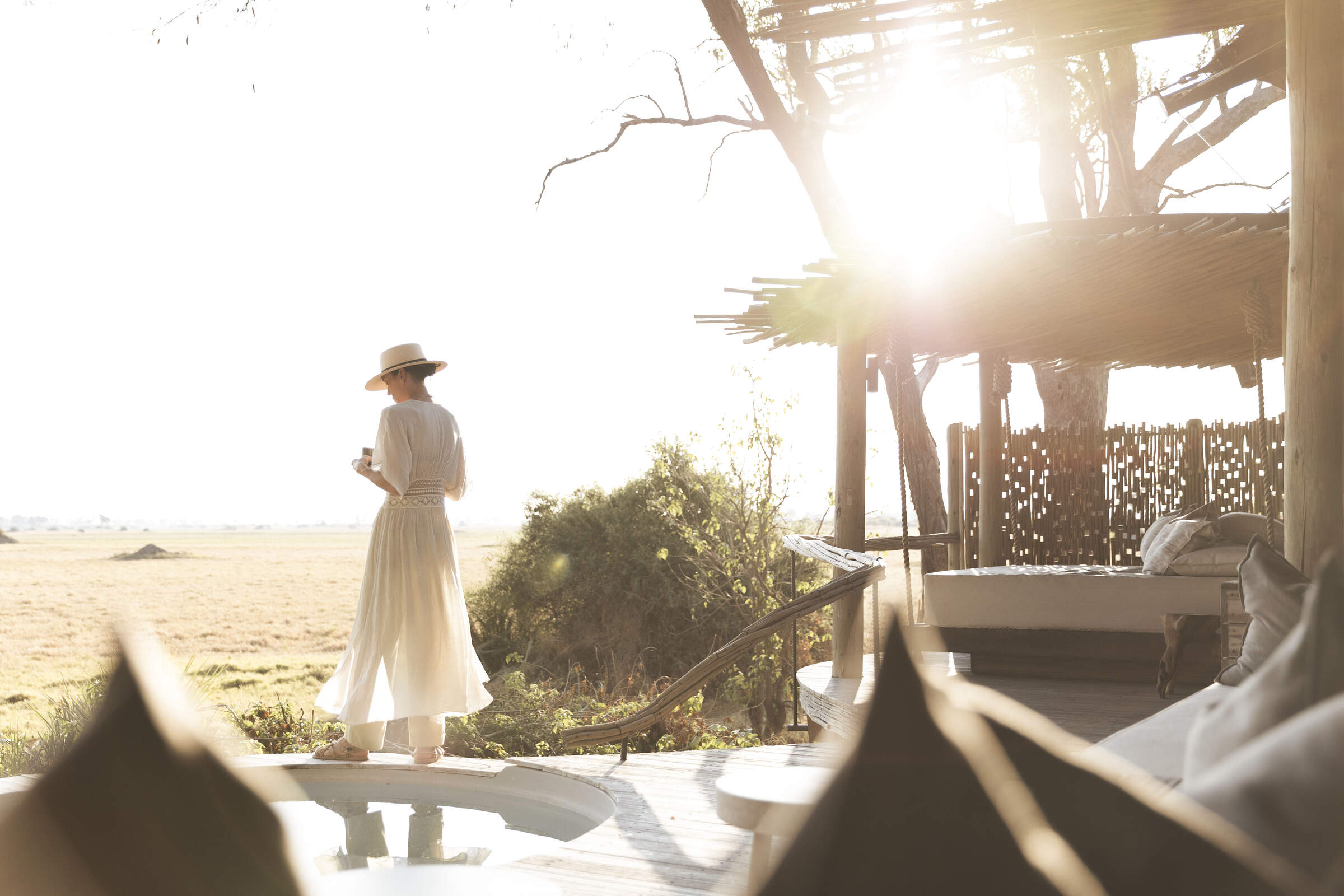
Mombo Camp
Mombo is one of Botswana's most exclusive safari camps, set in a beautiful, remote location within the Moremi Game Reserve and with exceptional game densities.
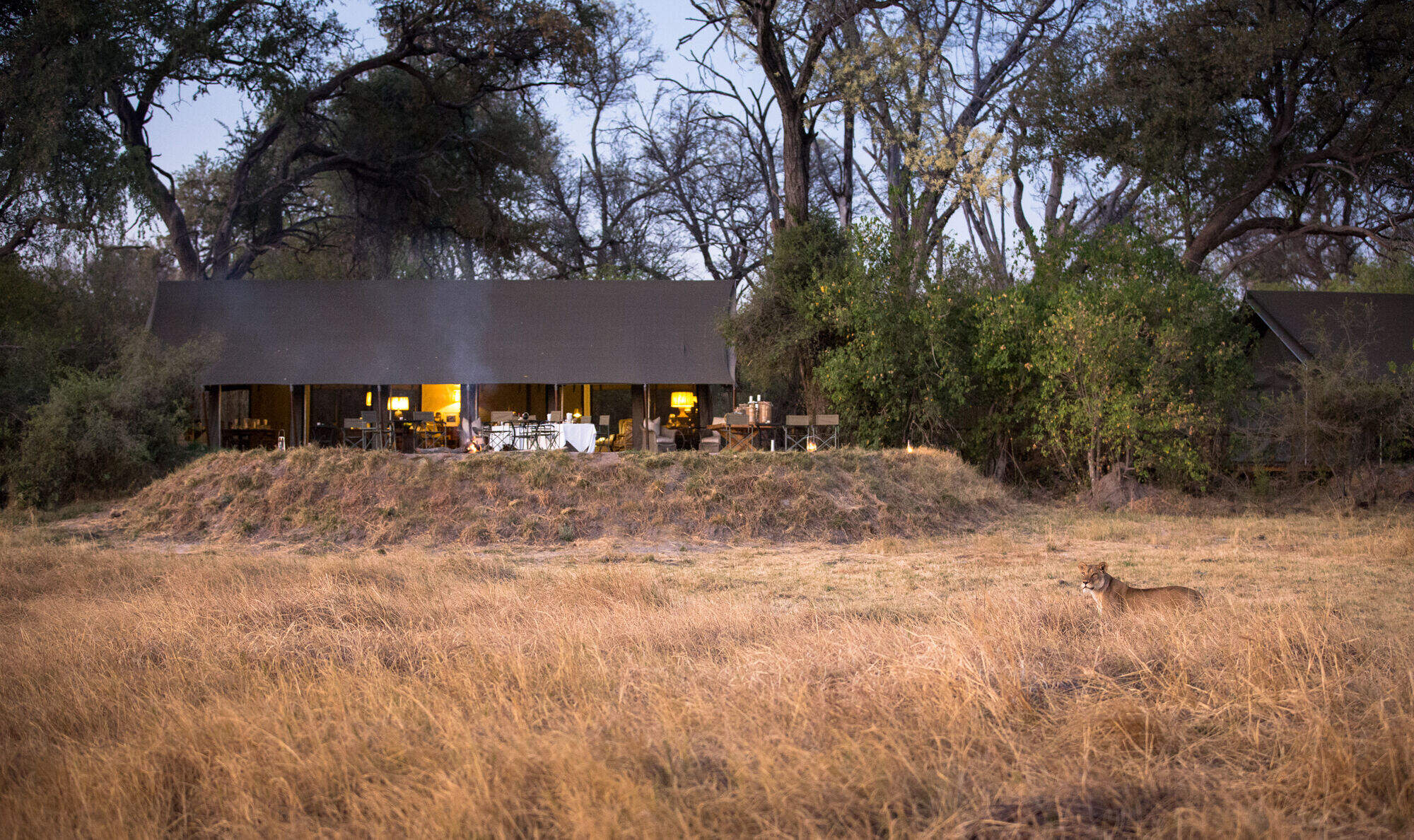
Little Machaba
Overlooking the Khwai River and Moremi Game Reserve beyond, Little Machaba is a classically designed camp with very comfortable tents in a great game-viewing area.
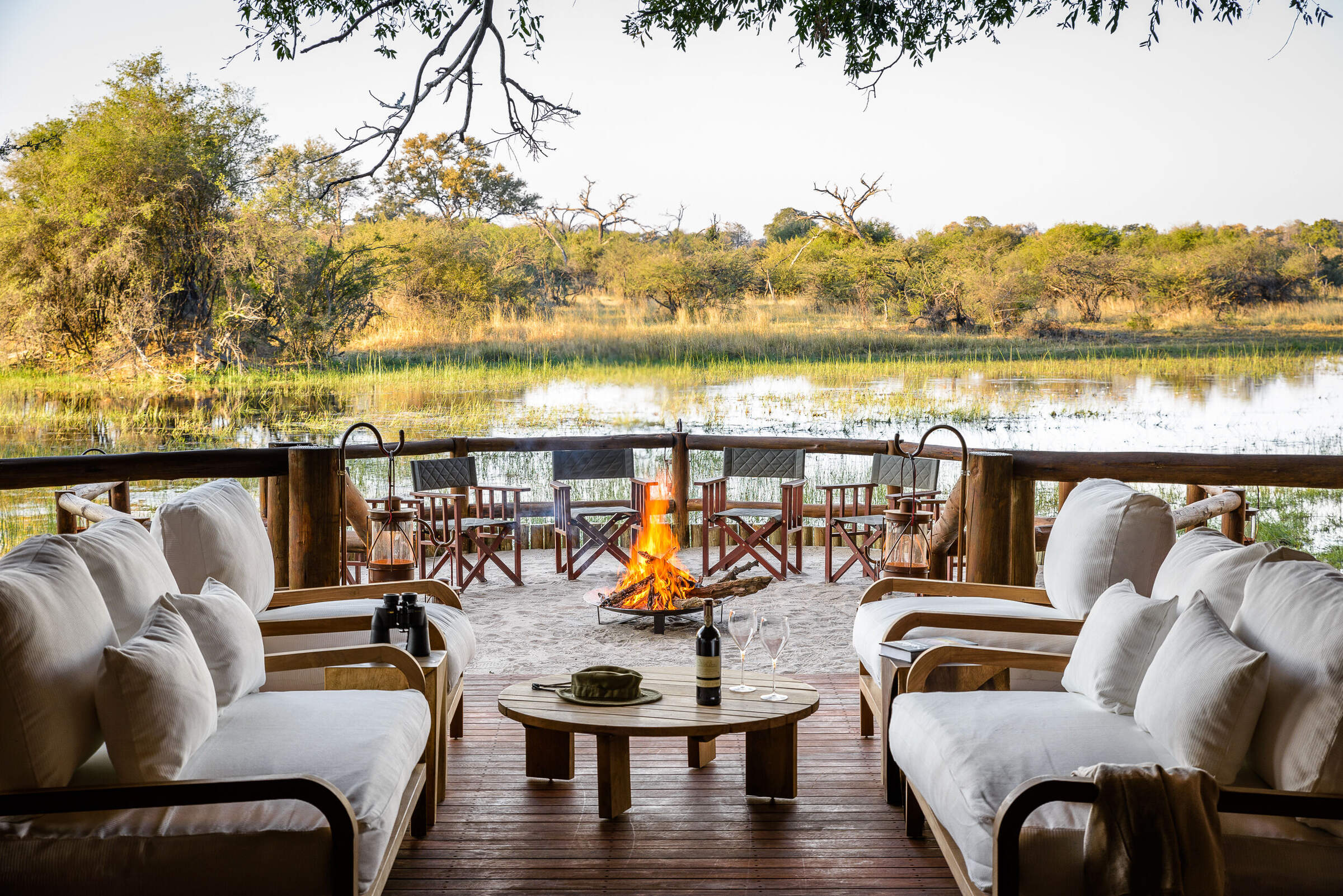
Chief's Camp
Chief's Camp is situated on Chief's Island, within the Okavango Delta's Moremi Game Reserve. Experience one of Botswana's top game-viewing areas by 4WD and mokoro.
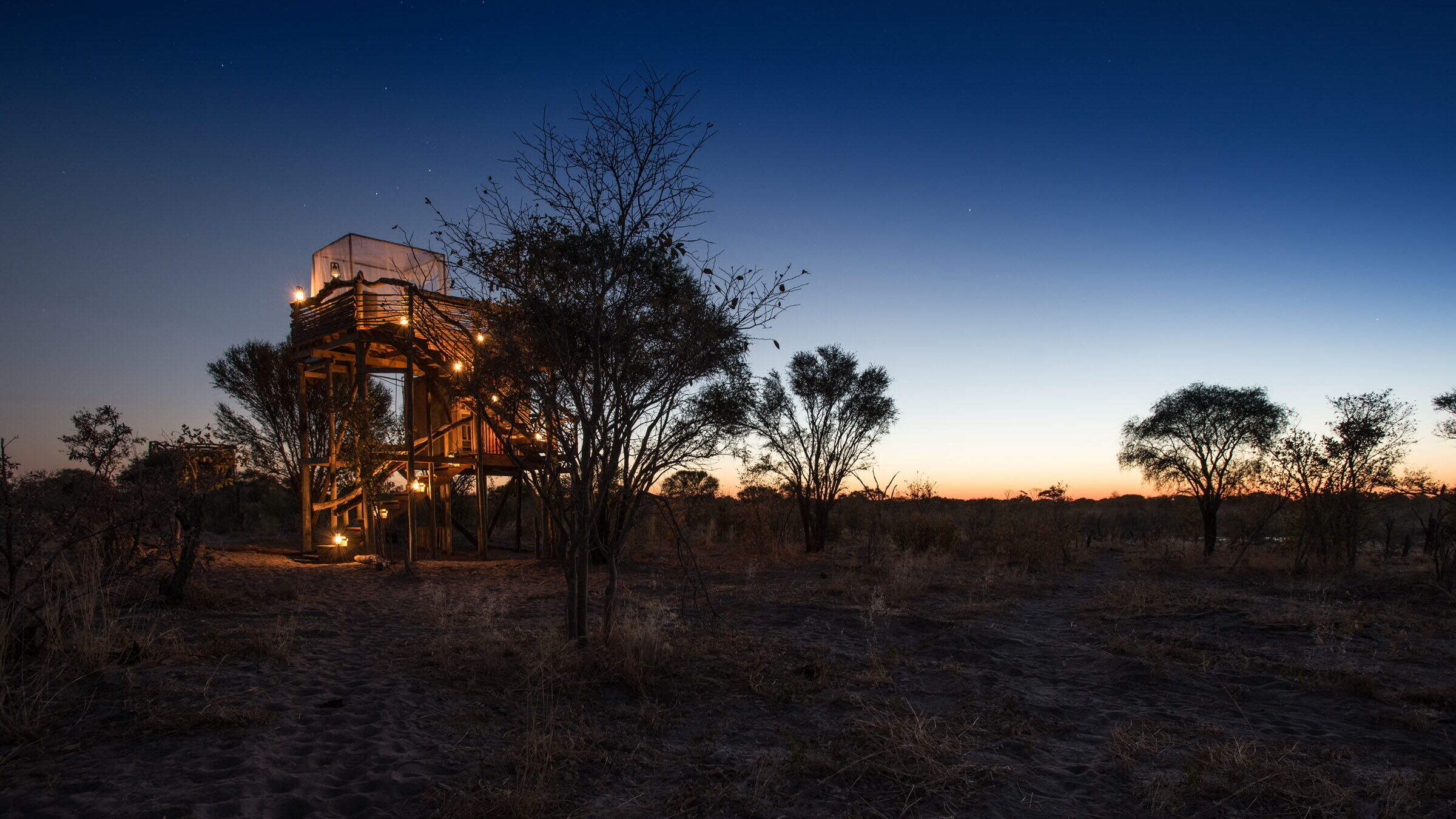
Skybeds
Situated in a private reserve close to Moremi Game Reserve, Skybeds offers a simple yet wonderful opportunity to sleep under the stars and watch wildlife from your bed.
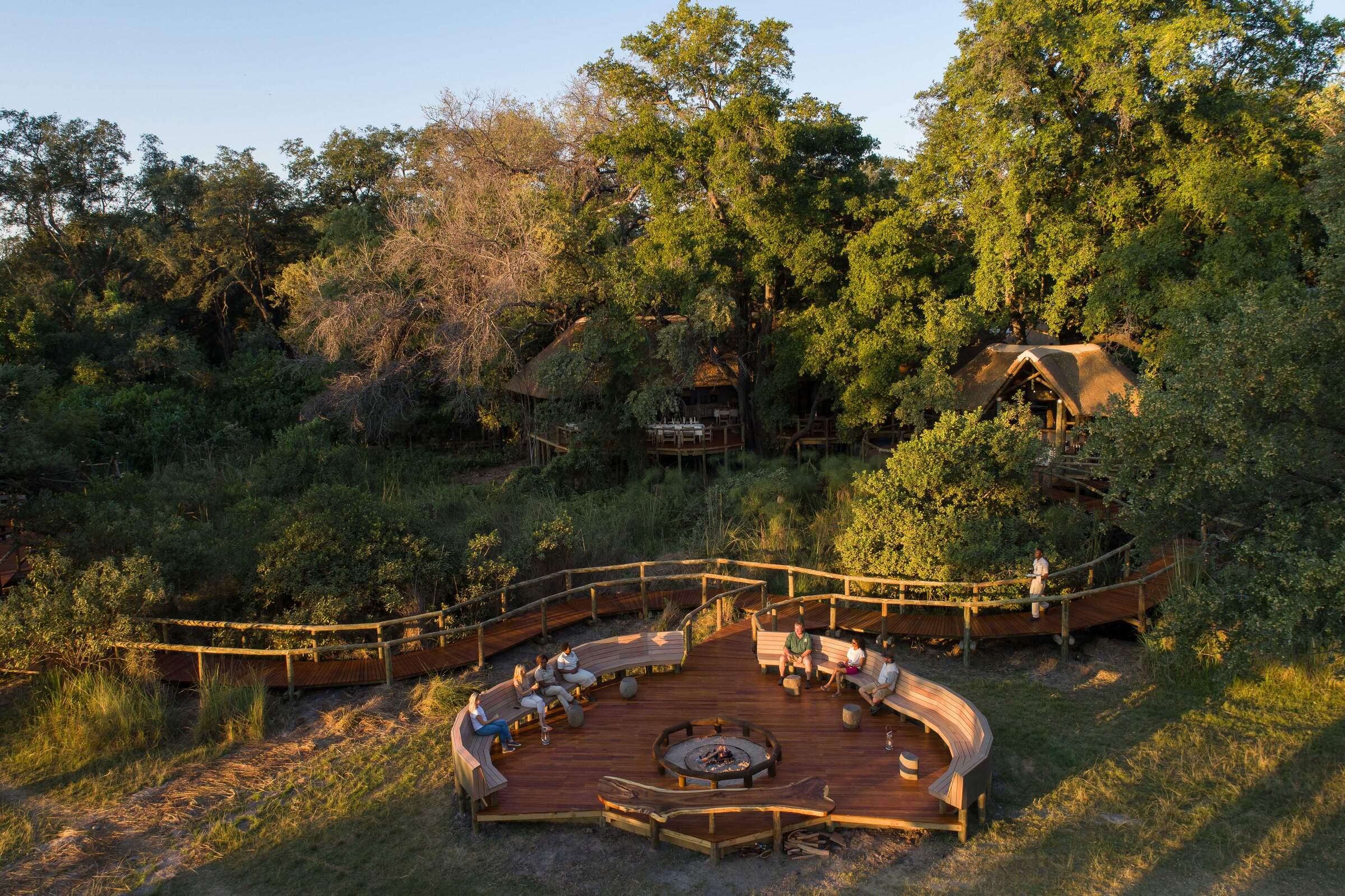
Camp Moremi
In one of the best locations for game viewing in Botswana, Camp Moremi sits at the tip of the Mopane Tongue, overlooking Xakanaxa Lagoon.
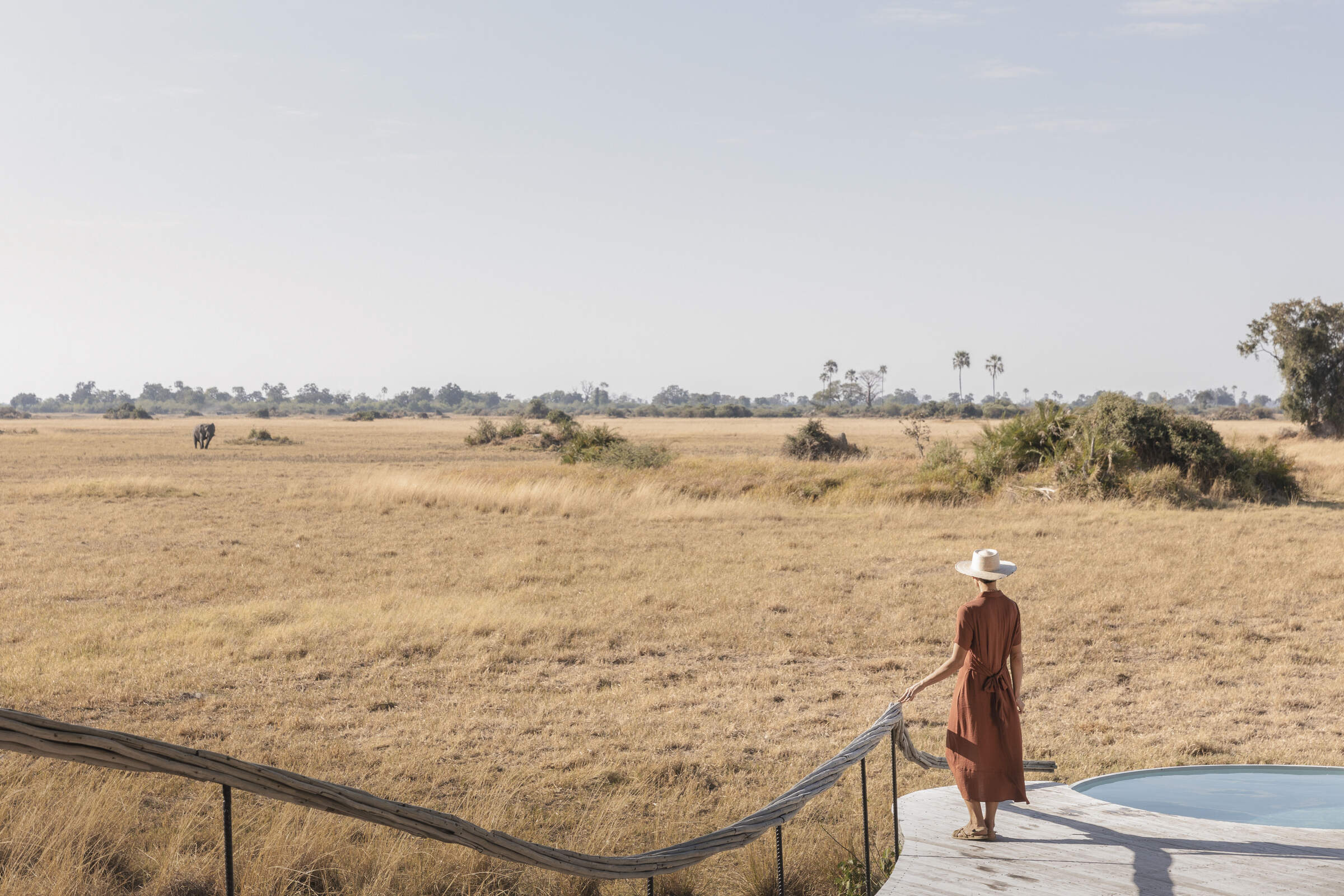
Little Mombo
One of Botswana's top safari camps, Little Mombo stands on the north side of Chief's Island, in the heart of the Okavango Delta's Moremi Game Reserve.
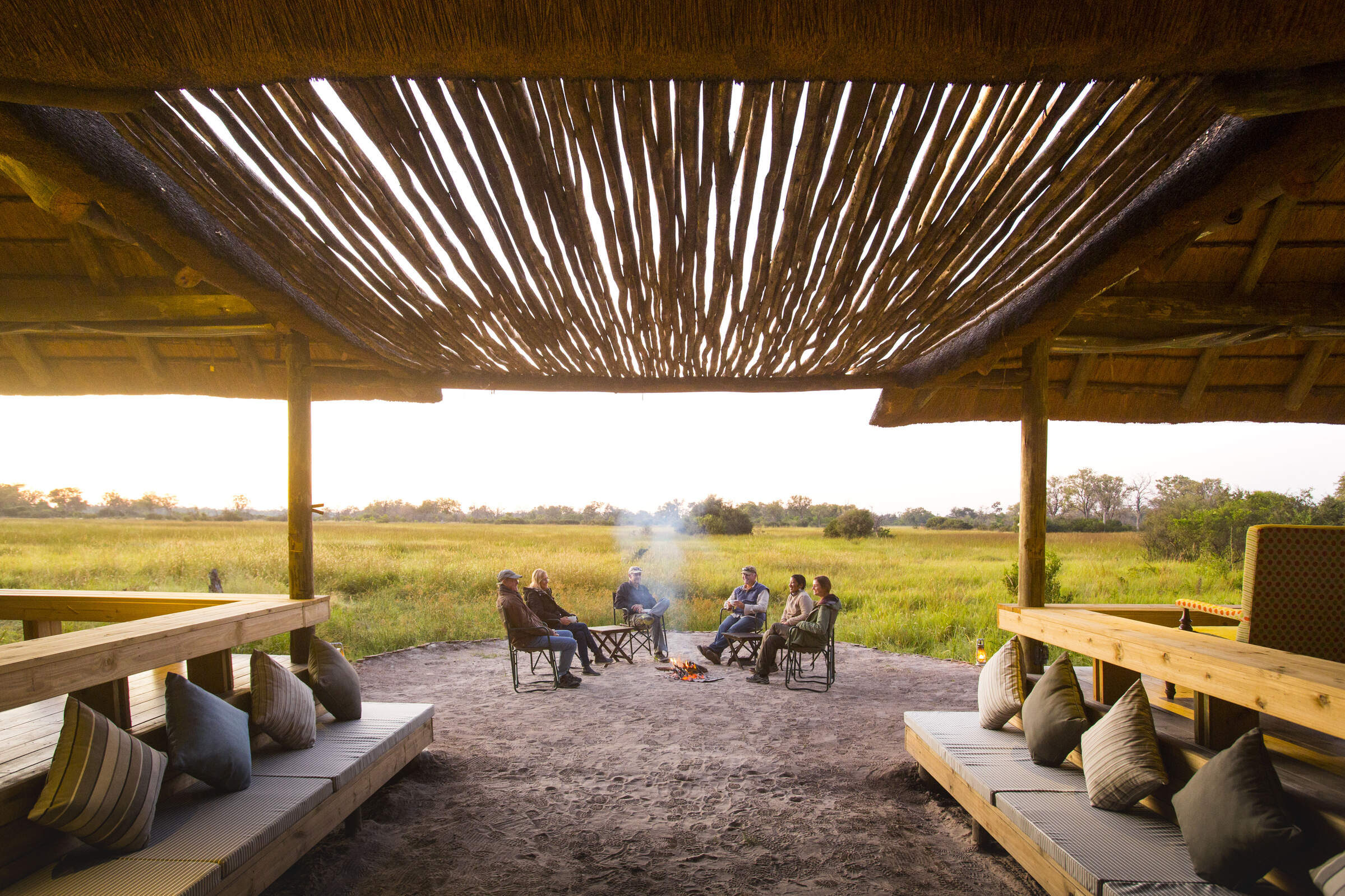
Little Sable
Little Sable camp is located in the Khwai Private Reserve – which borders the Moremi Game Reserve and Chobe
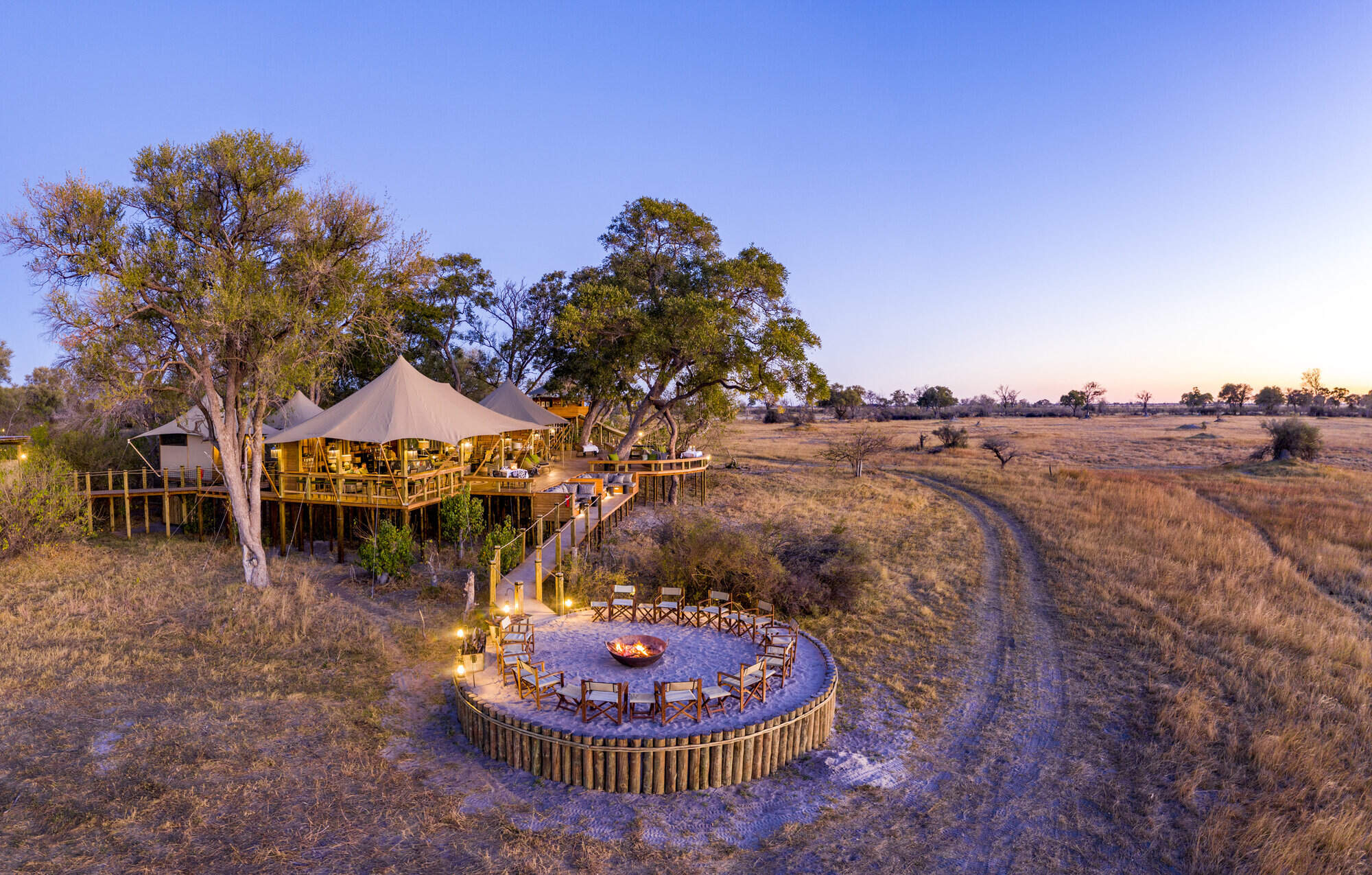
Tuludi
Tuludi is a brand new luxury camp, within the Khwai Private Reserve, built on a site under giant leadwood trees and overlooking the Okavango Delta floodplains.
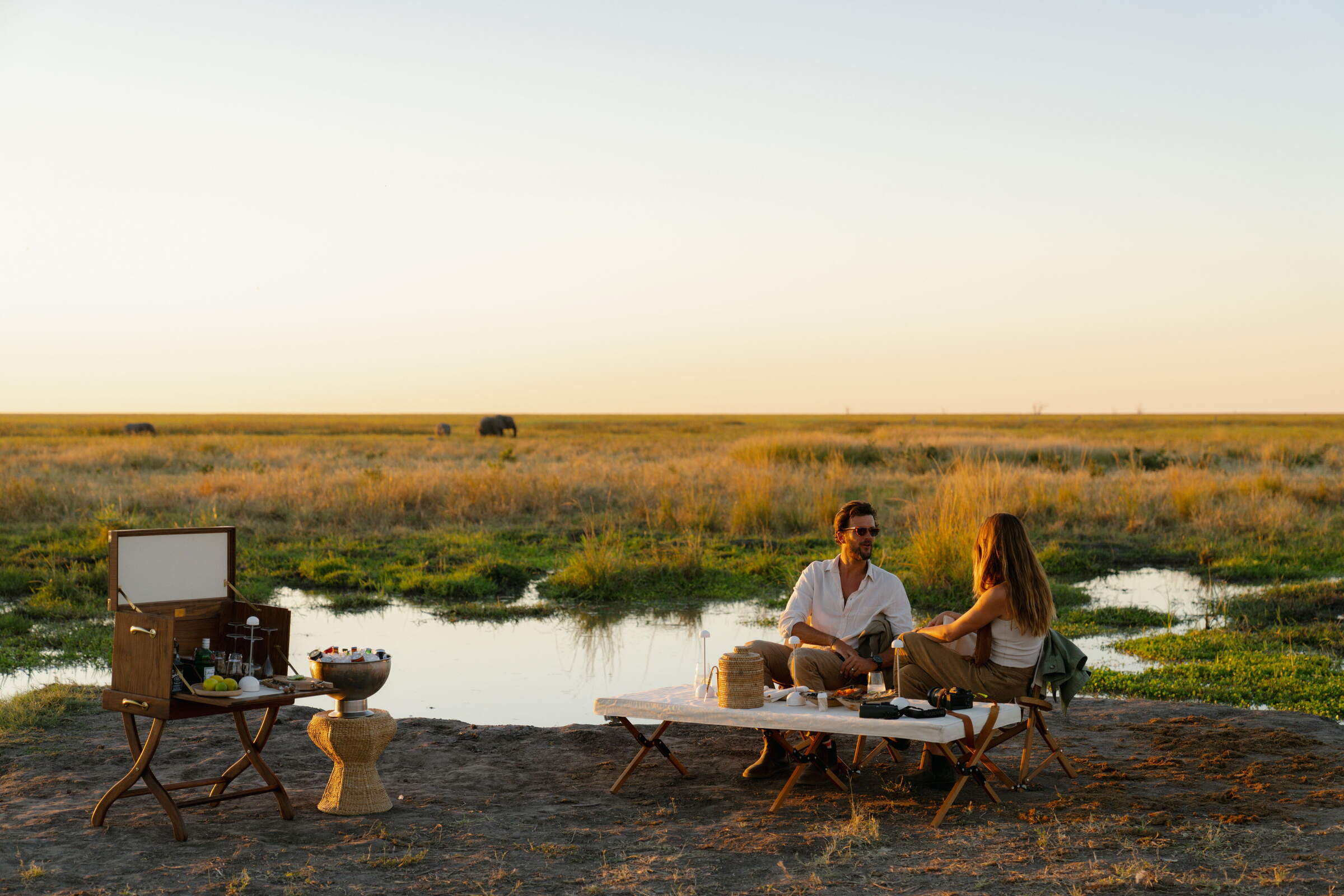
Mokete Camp
New for July 2023, Mokete has 9 luxurious tents, raised on platforms above the surrounding bush and offers an experience of the Kalahari Wilderness.
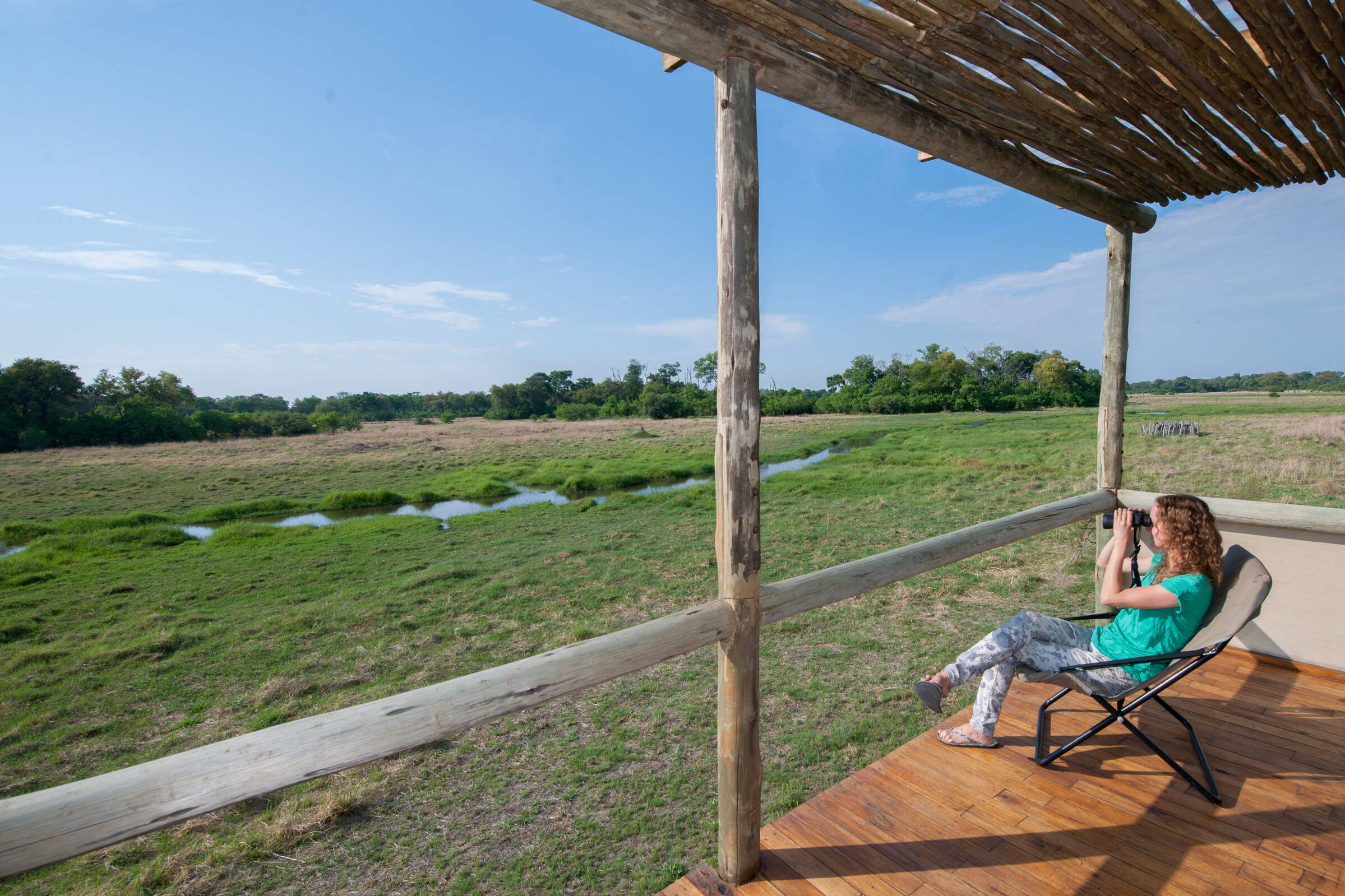
Sango Safari Camp
Sango offers comfortable tented accommodation, without some of the frills often found in Botswana's camps, with an area that's scenic and gets excellent, consistent game sightings.
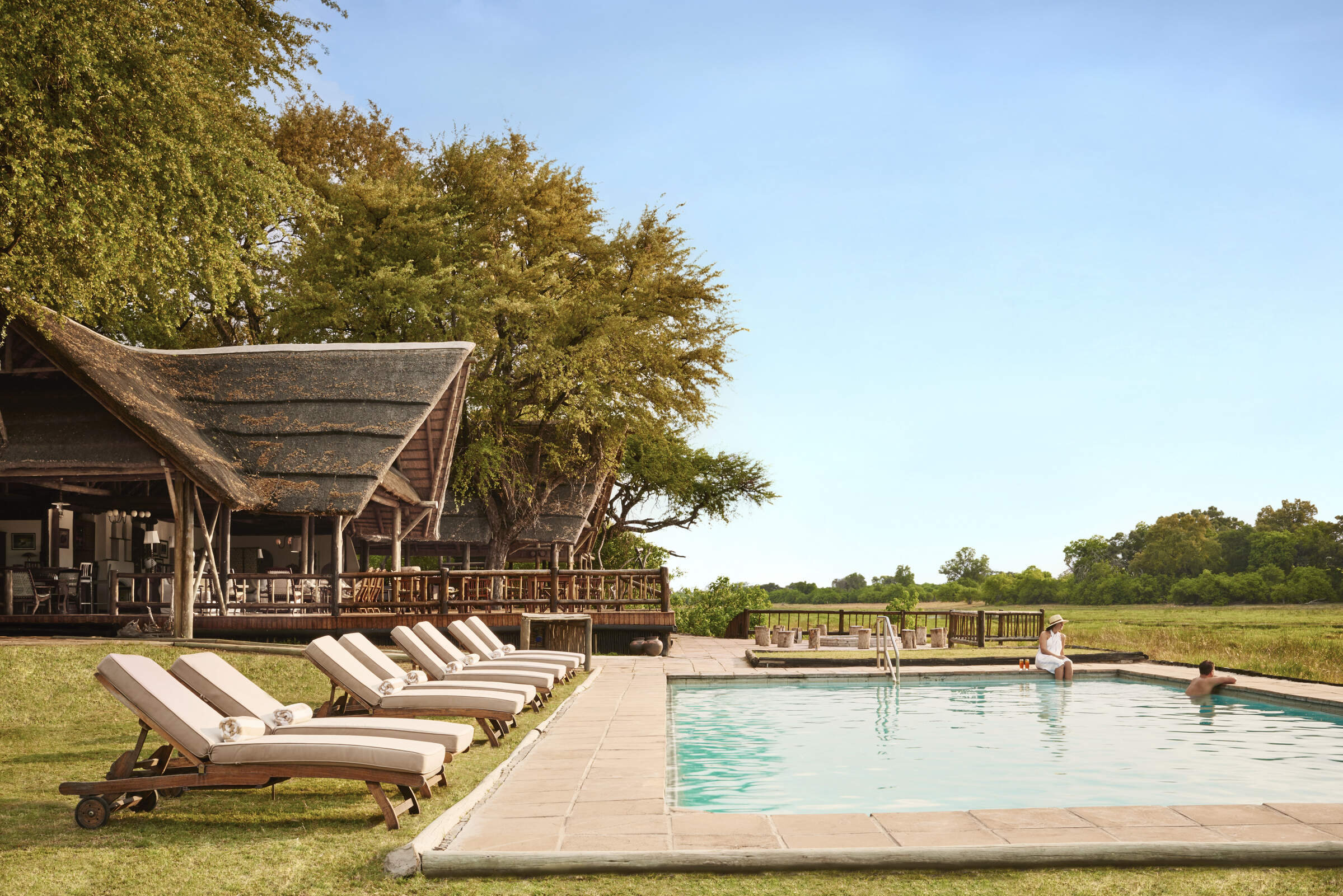
Khwai River Lodge
Khwai River Lodge is a luxurious and well-equipped safari camp, on the northern edge of Moremi Game Reserve. This area isn't exclusive, but it is beautiful and has excellent game.
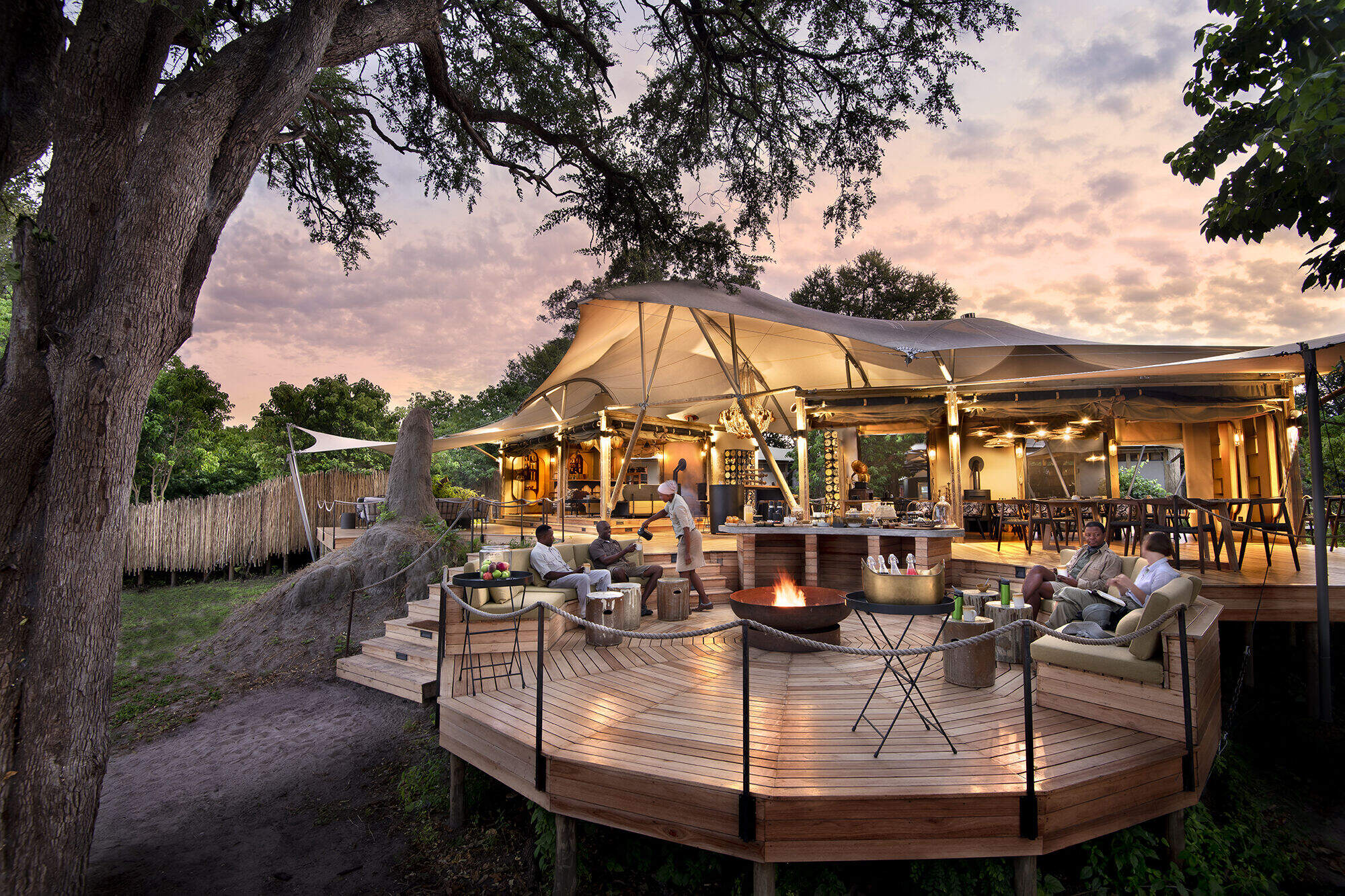
Khwai Leadwood
Khwai Leadwood is a luxurious lodge located in the heart of the Khwai Community Concession, offering guests exceptional service, stunning scenery, and unforgettable wildlife experiences.
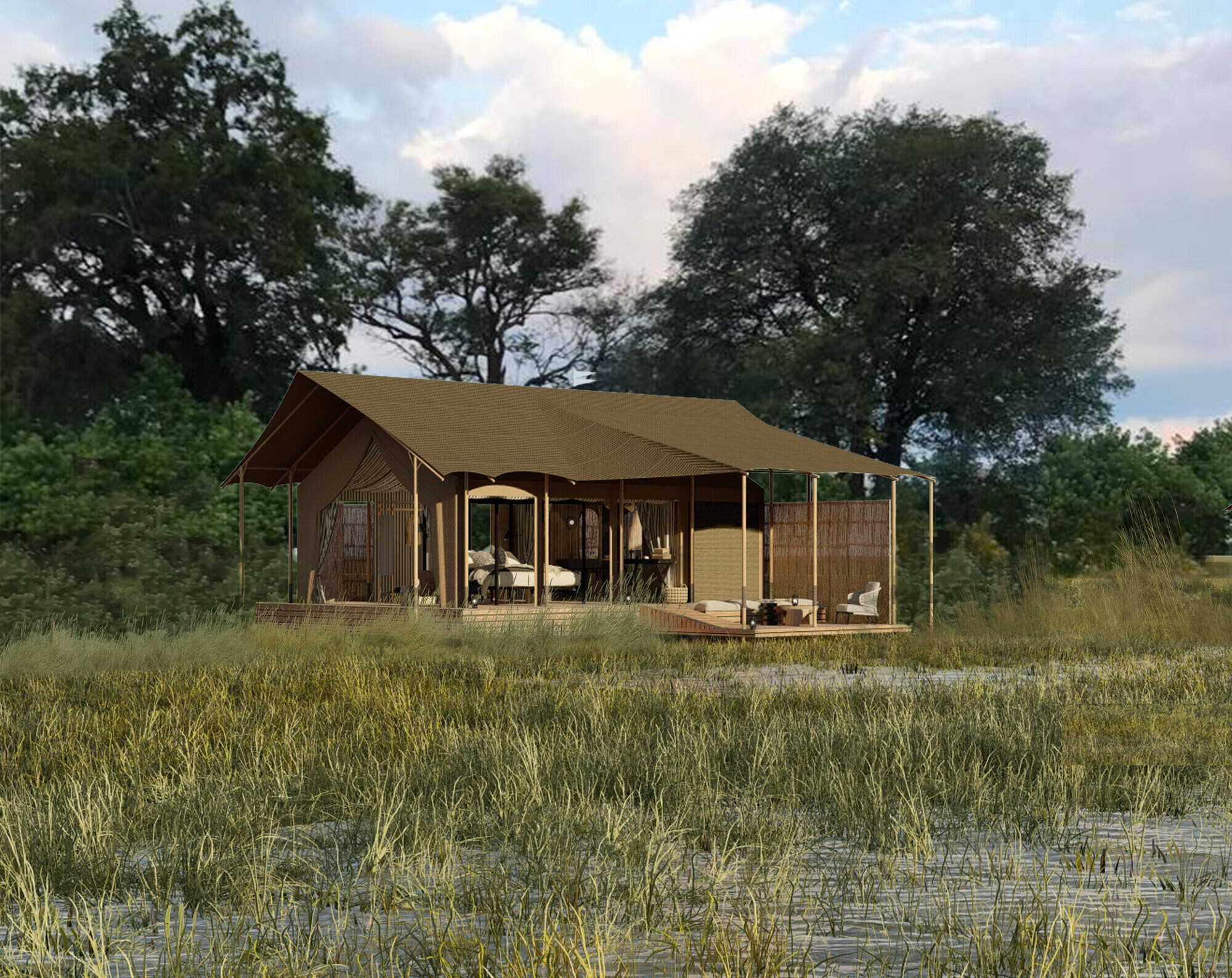
Monachira
A new lodge in Moremi Game Reserve, with a focus on water-based activities, the family-friendly Monachira will be opening in May 2025.
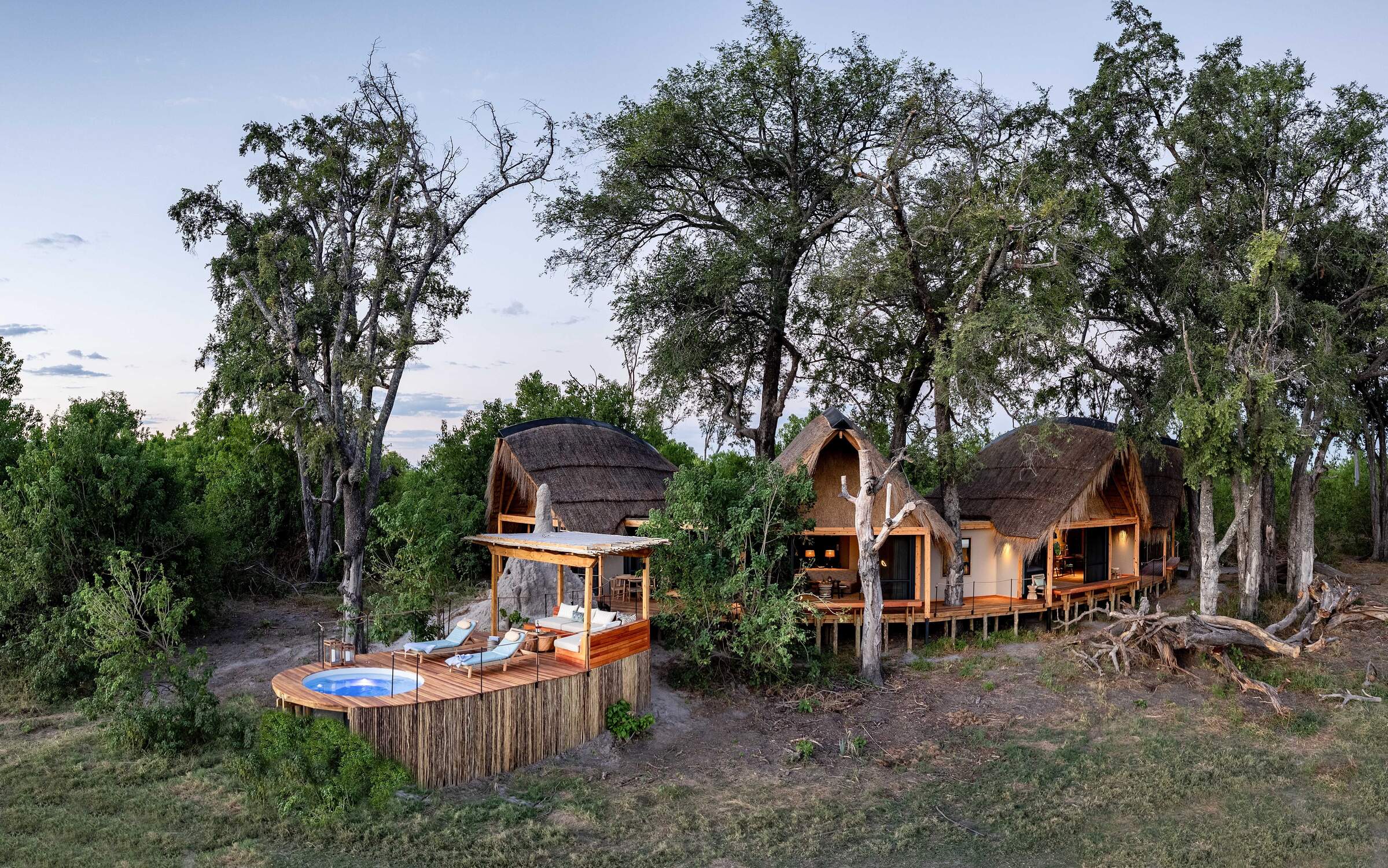
Tawana
An exclusive new lodge on the banks of the Gomoti River, Tawana has just eight very spacious suites.
When to go to Moremi Game Reserve
Our month by month guide: What it's like to visit Elephant Pan in Moremi Game Reserve
Jan
Feb
Mar
Apr
May
Jun
Jul
Aug
Sep
Oct
Nov
Dec
Moremi Game Reserve in January
January is the height of the rainy season in Moremi Game Reserve. Evening showers and occasional thunderstorms cool the air, making temperatures more comfortable than the peak heat of October to December. Wildlife disperses across the landscape, but the Khwai River area still offers good sightings of lions and elephants.
January is also an exceptional time for birdwatching, with migratory species abundant and breeding activity in full swing. The lush greenery creates stunning photographic opportunities, while mokoro excursions allow for tranquil exploration of waterways. Despite the rain, Moremi’s diverse ecosystems, including mopane forests and waterways, offer unique wildlife viewing opportunities. Lower visitor numbers mean better rates at camps and lodges.
- Warm with occasional heavy thunderstorms
- Spectacular birdlife throughout the reserve
- Wildlife dispersed in the floodplains and woodlands
- Good availability in camps and lodges
Our view
A good time to visit, with pros & cons
Weather in January
Moremi Game Reserve in February
February in Moremi Game Reserve sees the wet season continue, with heavy evening rains and cooling temperatures. The reserve is green and vibrant, alive with insects, smaller animals, and many animals are raising their young. The Xakanaxa Lagoon area is particularly rich in wildlife diversity at this time.
While thicker vegetation makes spotting larger animals more challenging, patient observers may encounter leopards or antelope species. Birdwatching remains a highlight, with over 500 species, including many in colourful breeding plumage. High water levels make boat trips a wonderful way to explore the intricate waterways of the Delta. Visitor numbers are low, offering a more intimate safari experience and better availability at luxury camps.
- Warm temperatures with some thunderstorms
- Abundant birdlife, including breeding species
- Wildlife raising young across the reserve
- Game viewing improving in central areas
- Low visitor numbers and good camp availability
Our view
This is not a great time to visit
Weather in February
Moremi Game Reserve in March
March marks the end of the rainy season, with fewer storms and more sunny days. The landscape remains lush, and wildlife activity increases as animals finish raising their young. This is an ideal time for photography, with the green scenery providing dramatic backdrops.
While thick vegetation can still make wildlife spotting challenging, patient observers may be rewarded with sightings of predators like lions and leopards, especially in the Khwai River area. Birdwatching continues to be exceptional, with many migratory species still present. Water-based activities like boat cruises offer unique perspectives on the delta's wildlife. With fewer visitors, March provides a quieter, more exclusive safari experience in Moremi’s mopane forests to expansive floodplains.
- Variable weather, rains easing off with occasional thunderstorms
- Many animals finishing raising their young
- Excellent birdwatching and photography opportunities
- Few visitors and lower rates in camps
Our view
A good time to visit, with pros & cons
Weather in March
Moremi Game Reserve in April
April in Moremi Game Reserve typically signals the end of the rainy season, with clearer skies and a vibrant green landscape. Night temperatures begin to drop, particularly in the southern areas of the reserve. Game viewing improves as vegetation starts to thin, making it easier to spot wildlife. This is also an excellent time for boat excursions, offering intimate encounters with aquatic wildlife and bird species.
Birdwatching remains highly rewarding, with many species still nesting or breeding. The Xakanaxa Lagoon area is especially rich in wildlife diversity during this period. With the shoulder season underway, visitors can enjoy better value at top camps. April strikes a wonderful balance of pleasant weather, diverse wildlife sightings, and fewer tourists.
- Cooler evenings with occasional showers
- Lush green landscapes after the rains
- Improved predator-prey interactions
- Quiet period with relatively low rates
- Water levels rising - ideal for boat safaris
Our view
A good time to visit, with pros & cons
Weather in April
Moremi Game Reserve in May
May is one of the best months to visit Moremi Game Reserve. The annual floodwaters from Angola start to reach the Delta, creating ideal conditions for water-based safaris. Cooler mornings and evenings heighten predator activity, although tall grasses in some areas may still obstruct views.
The Khwai River and Chief’s Island are prime locations for spotting large herds of elephants and buffalo. Birdwatching remains excellent, with over 500 species recorded in the reserve. May is perfect for combining game drives and boat excursions, offering a diverse and rewarding safari experience. Clear, crisp evenings also provide outstanding stargazing opportunities. As shoulder season ends, value-conscious travellers should book early to secure availability at camps and lodges before peak rates apply.
- Cool mornings and evenings with little rain
- Game viewing improves as grasses thin
- Increased predator activity in the reserve
- Final month of shoulder season - rates still reasonable
- Availability becomes limited as demand rises
Our view
A very good time to visit
Weather in May
Moremi Game Reserve in June
June marks the start of the dry season in Moremi Game Reserve. Mornings and evenings are cool, sometimes reaching freezing at night, while daytime temperatures rise to 25-30°C/77-86°F with clear skies. The air clarity is excellent for photography. As surface water diminishes, wildlife starts to congregate around remaining water sources.
Game viewing improves significantly throughout Moremi, but especially in the Khwai River area and around Xakanaxa Lagoon. June is perfect for night drives, which are possible in areas outside the reserve. Birdwatching remains excellent, with many water birds concentrated around permanent water bodies. With peak season approaching, many camps and lodges are becoming much busier and so booking well in advance is wise.
- Warm days, cold nights in Moremi
- Excellent conditions for wildlife photography
- Animals congregating around water sources
- Vegetation thinning, improving visibility
- Peak season starts, rates increase
Our view
Fantastic: the very best time to visit
Weather in June
Moremi Game Reserve in July
July in Moremi Game Reserve offers cool mornings and evenings, combined with excellent game viewing. The thinning vegetation and concentration of wildlife around water sources make this one of the best months for safari experiences. The Khwai River area and Chief's Island are particularly rewarding, with high chances of spotting big cats and large herds of elephants and buffalo.
Water-based activities like motorboat cruises on the permanent waterways provide unique wildlife viewing perspectives. Birdwatching remains excellent, with large concentrations of water birds. July is ideal for photography, with clear skies and animals gathering at waterholes. Night drives offer opportunities to spot nocturnal species.
- Comfortable days, cold nights in the reserve
- Excellent game viewing as vegetation recedes
- Khwai area becomes busy with visitors
- Private concessions offer exclusive experiences
- Peak season with high rates in most camps
Our view
Fantastic: the very best time to visit
Weather in July
Moremi Game Reserve in August
August is a popular time to visit Moremi Game Reserve, coinciding with peak safari season. Temperatures are generally cold at night and comfortable during the day, rising towards month-end. Wildlife congregates around remaining water sources, making game viewing exceptional.
The Khwai River area offers excellent predator sightings, though can be very busy with travellers. August is one of the best times to experience the delta floods at their peak, ideal for boating safaris. Birdwatching is rewarding, with large concentrations of water birds. The clear, dry conditions create spectacular sunsets and stargazing opportunities.
- Dry, warm days and cool nights in Moremi
- Fantastic wildlife watching, especially in the Delta
- Okavango flood waters typically at their peak
- Stargazing opportunities on clear nights
- High rates and limited availability in camps
Our view
Fantastic: the very best time to visit
Weather in August
Moremi Game Reserve in September
September in Moremi Game Reserve sees warming daytime temperatures while nights remain cool. The dry conditions create a hazy atmosphere, resulting in stunning sunsets. Game viewing is excellent, with large numbers of elephants and buffalo congregating in the Khwai River area and around Xakanaxa Lagoon. Predator sightings are frequent, especially around water sources.
September is ideal for walking safaris and night drives, offering unique wildlife encounters outside the borders of the reserve. Birdwatching remains rewarding, with migrant birds beginning to return. Water-based activities provide close encounters with aquatic wildlife whilst the clear night skies offer excellent stargazing opportunities.
- Warmer days, cool nights in the reserve
- Prime month for wildlife viewing in Moremi
- Large elephant herds visible near water
- Hazy conditions create dramatic sunsets
- Peak season rates, many lodges fully booked
Our view
Fantastic: the very best time to visit
Weather in September
Moremi Game Reserve in October
October is one of the hottest and driest months in Moremi Game Reserve. The lack of water and vegetation results in excellent big-game viewing, particularly around the remaining water sources. Water levels are lower, limiting some water-based activities, but concentrating wildlife for easier viewing.
October is excellent for walking safaris and night drives, both possible outside the park, which provide unique perspectives on the Okavango’s ecosystems. Birdwatching remains rewarding, with many migrant species arriving. The dry, hazy conditions create dramatic landscapes and stunning sunsets, ideal for photography. The most luxury provide comfortable and cool bases for exploring the reserve during this intense wildlife period.
- Hot days, chance of rain late in the month
- Excellent big game viewing opportunities
- Water activities limited as flood waters recede
- Last month of peak season in Moremi camps
- Migratory birds begin to arrive in the reserve
Our view
Fantastic: the very best time to visit
Weather in October
Moremi Game Reserve in November
November usually marks the end of the dry season in Moremi Game Reserve, with increasing temperatures and humidity often culminating in the first rains. These short, heavy showers bring a flush of green to the landscapes. Wildlife begins to disperse as water becomes more available, but game viewing still remains very good.
November is fantastic for birdwatching, with the arrival of many migrant species. The first rains create spectacular skyscapes and rainbows, offering unique photographic opportunities. Water levels start to rise, gradually improving conditions for mokoro excursions. The prices at luxury camps reduce to shoulder-season levels, offering bargains for value-conscious travellers wanting to balance of wildlife viewing and comfort.
- Hot days, sometimes humid in Moremi
- Increasing likelihood of rain as month progresses
- Wildlife less concentrated but still good viewing
- Arrival of migratory birds enhances birdwatching
- Shoulder season begins, rates become lower
Our view
A good time to visit, with pros & cons
Weather in November
Moremi Game Reserve in December
December in Moremi Game Reserve sees the continuation of the rainy season, bringing some relief to the high temperatures. While game viewing becomes more challenging as wildlife disperses, great sightings can still be had in key areas. The landscape transforms with lush vegetation, creating beautiful scenery. December is excellent for birdwatching, with migratory birds in full attendance and many species breeding.
The rejuvenated waterways enhance boat safari experiences, offering unique perspectives on the Delta's ecosystem. Afternoon thunderstorms create dramatic skies, perfect for landscape photography. Luxury camps offer lower season rates, providing excellent value for experiencing Moremi's diverse wildlife and stunning landscapes during this vibrant time of year.
- Temperatures cooling from October-November highs
- High chance of rain, usually short heavy storms
- Birds in breeding plumage and often including migrants
- Wildlife more dispersed
- Low-season rates available in most camps
Our view
A good time to visit, with pros & cons
Weather in December

Looking for inspiration on where to travel next?
Visit our trip chooser to explore your options and find inspiration for your perfect African adventure
Inspire me
